Boston Globe REVIEW: ‘Selkie Girl’ may have a slim plot, but the show’s music makes up for it
Announcements
12.15.2024
We are thrilled to announce that Jeffrey Binder will be the next Artistic Director of Revels!
Learn MoreAnnouncements
12.15.2024
By Jeffery Gantz, Globe correspondent. Updated December 14, 2024.
“Midwinter Revels” hadn’t touched down in Ireland in more than three decades, so this year’s return to the Emerald Isle is more than welcome. The show, “The Selkie Girl and the Seal Woman,” takes place in an imagined pub called The Selkie Girl in the imagined west-coast village of Bailemian (“Town of Longing”). The time, however, is real: Dec. 22, 1999, when a full moon coincided with the winter solstice. Set designer Jeremy Barnett’s cozy, frosted-window pub boasts a well-appointed bar festooned with black-and-white photos, miniature lanterns, holiday lights, tankards, an ad for the Elverys sports chain, and a Selkie Girl pub sign. After rehearsing the audience in the sing-along sections of the show, Revels stalwart and ageless and irreplaceable master of ceremonies David Coffin repairs to the bar, where pub owner Siobhán (Mary Casey) pours him a drink while urging professorial poet Jimmy Joyce (Aidan Parkinson) to have something stronger than lemonade.
Everyone has hardly settled in, however, when young Amilcar (Cedric Appolon) enters asking about a package that was to be delivered to his mother, Maritza (Kortney Adams). Ireland, it turns out, will be sharing this “Revels” with that other “Emerald Isle” (actually an archipelago), Cabo Verde, whose name means “Green Cape.” It’s an inspired melding of two seafaring peoples who share a love of song, dance, and storytelling as well as a longing for home. Maritza, whose roots go back to Cabo Verde via New Bedford and Boston, is a marine scientist who’ll be working nearby, doing research on seals.
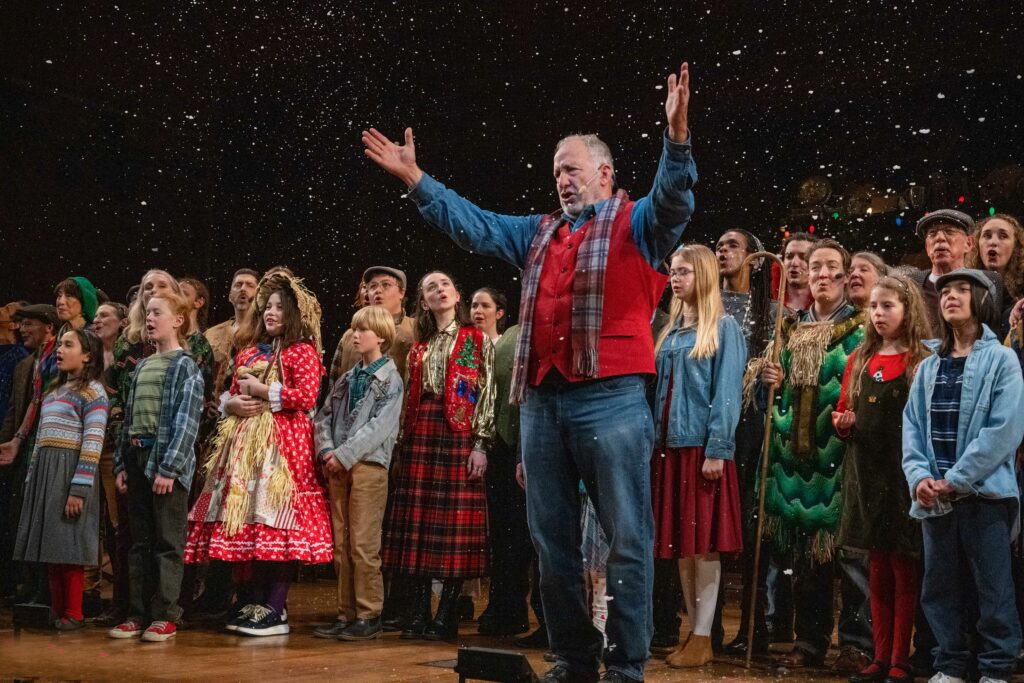
That introduces the show’s theme. Lovingly acted out by the Rocky Road Children, “Siobhán’s Selkie Story” relates how a young Irish fisherman stole the skin of a selkie girl so she would have to stay in human form. They marry and have three children, but she longs for her ocean home, and after retrieving her seal skin, she returns to the sea.
Maritza answers with her own story about a Cabo Verde selkie (Athéna-Gwendolyn Baptiste) who travels north. Singer and New Bedford native Candida Rose Baptista celebrates the selkie with the effervescent “Só sabi” (“How Great”); when the seal woman sights the fair hills of Ireland, Siobhán leads a chorus in “Bánchnoic Eireann Ó.” Like her Irish counterpart, the Cabo Verde selkie marries and has children and longs for home, but instead of returning to the ocean, she walks the boundary between land and sea and revels in both her cultures, with “The Gartan Mother’s Lullaby” on the one hand, and a succession of lively Cabo Verde dances led by Baptista and Baptiste on the other. At the end of the evening, it’s suggested that Maritza herself is a selkie, and that the package delivered to the pub is her own seal skin.
That’s all there is to the story of this “Midwinter Revels.” Jimmy Joyce relates “Oisín and Tír na n-Óg,” in which the Fenian hero falls in love with a woman from the Otherworld, but he otherwise doesn’t get enough to do. Morris dance is represented only by the pair who accompany Coffin in “The Lord of the Dance”; there’s no “Abbots Bromley Horn Dance” this year, and the Irish social dances are a bit casual and free-form.
But the music of “The Selkie Girl and the Seal Woman” makes up for any shortcomings elsewhere. There’s a fair bit of singing in Irish Gaelic, and pronunciation is excellent, particularly Casey and Coffin in the Jacobite ballad “Mo ghile mear” and Casey in “Im long mé measaim” (for which Parkinson provides a helpful translation). The Rocky Road Children hunt the wren on St. Stephen’s Day and shine in “Óró mo bháidín,” a modern Irish lullaby about a fishing boat that sails west and won’t return till St. John’s Eve; Liz Hanley contributes a searing “Lone Shanakyle” (“Lonely and sad I roam, far from my island home”).
Coffin pays tribute to New Bedford’s Cabo Verde community with “Yankee Whalerman.” Ireland’s bodhrán and uilleann pipes cavort with the cavaquinho and ferrinho of Cabo Verde. Baptista is superb in a pair of mornas, “Sodade” (“Longing”) and “Hora di bai” (“Hour of Parting”), plus a call-and-response batuku sequence and then the upbeat, swivel-hipping “Fitiço di funaná.” “Silent Night” is sung in Gaelic and Cabo Verdean Kriolu as well as English.
The “Revels” staples are all in place: “The Lord of the Dance,” “Dona nobis pacem,” Susan Cooper’s “The Shortest Day,” and the concluding “Sussex Mummers’ Carol.” Inspired by Fermanagh strawboy traditions, this year’s mummers’ play pits England’s Prince George (Ilan Barzilay) against Ireland’s Saint Patrick (Haley Fisher). Patrick’s crozier is no match for George’s sword and he falls; a bottle of “hokey-pokey” sprinkled over him by the Doctor (Adams) fails to revive him, but Amilcar’s mistletoe does the trick, and he’s soon up and ready for another year. Just like “Midwinter Revels” itself.
MIDWINTER REVELS: THE SELKIE GIRL AND THE SEAL WOMAN
Directed by Debra Wise. Music direction, Elijah Botkin. Set, Jeremy C. Barnett. Costumes, Heidi Hermiller. Lighting, Jeff Adelberg. Sound, Bill Winn. Presented by Revels. At Sanders Theatre, Cambridge, through Dec. 28. $45-$105. Streaming Dec. 28 through Jan. 12, $35. 617-496-2222, www.revels.org
Jeffrey Gantz can be reached at jeffreymgantz@gmail.com.
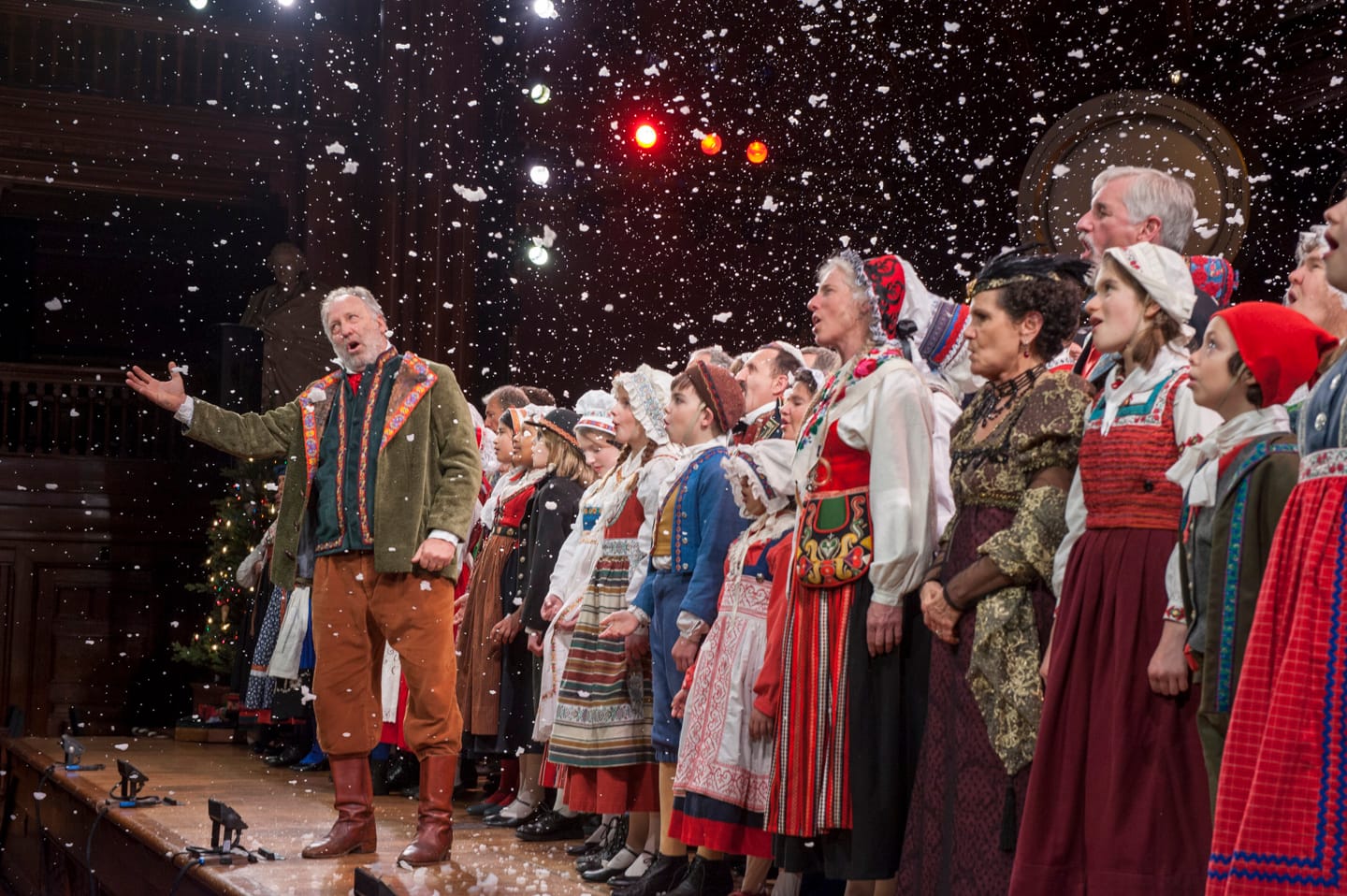
Read More
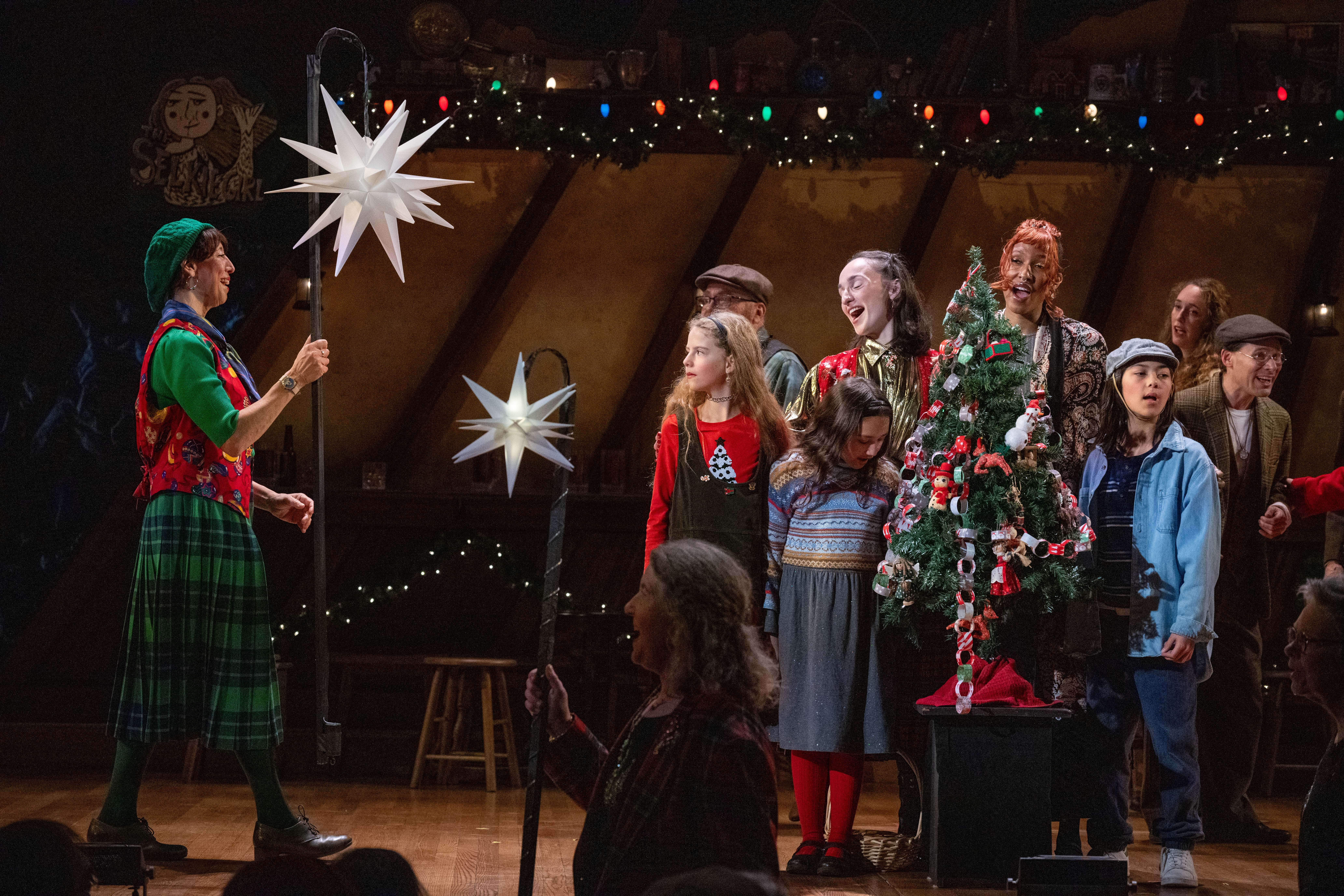
Read More

Read More
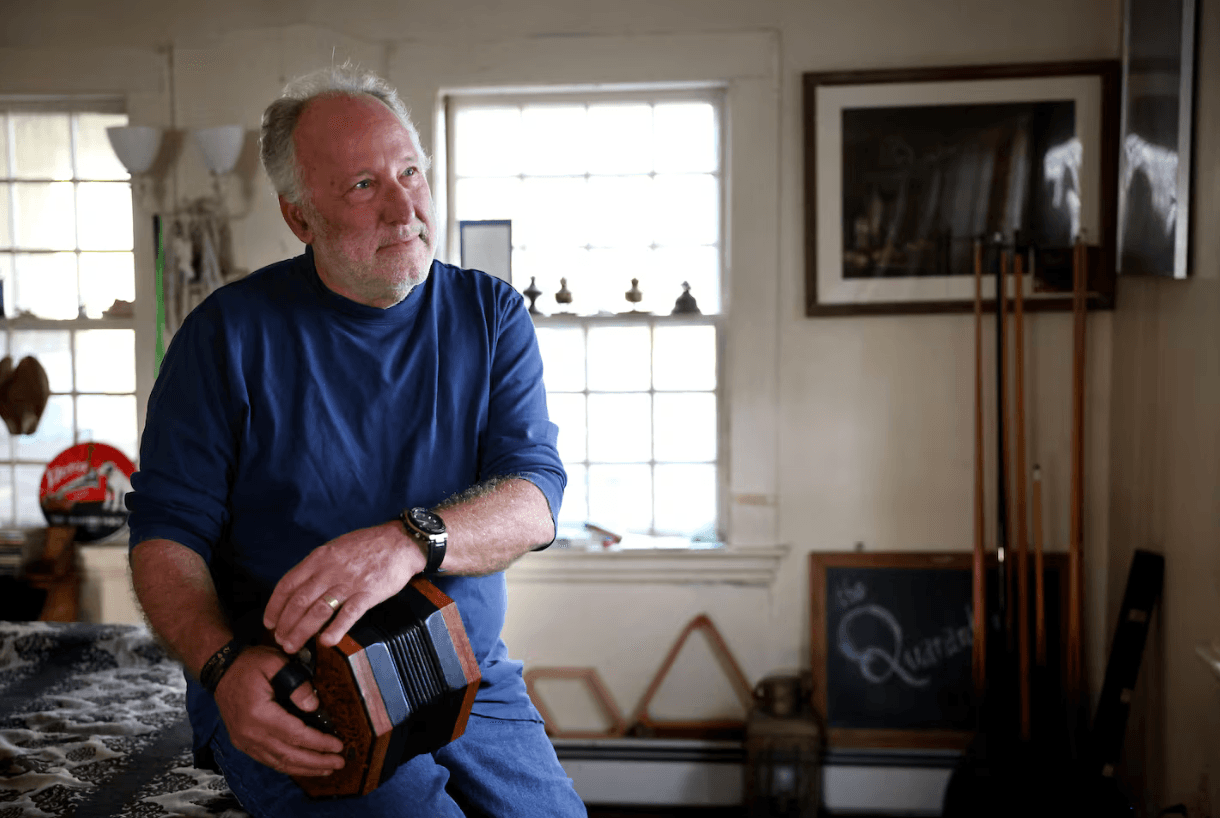
Read More
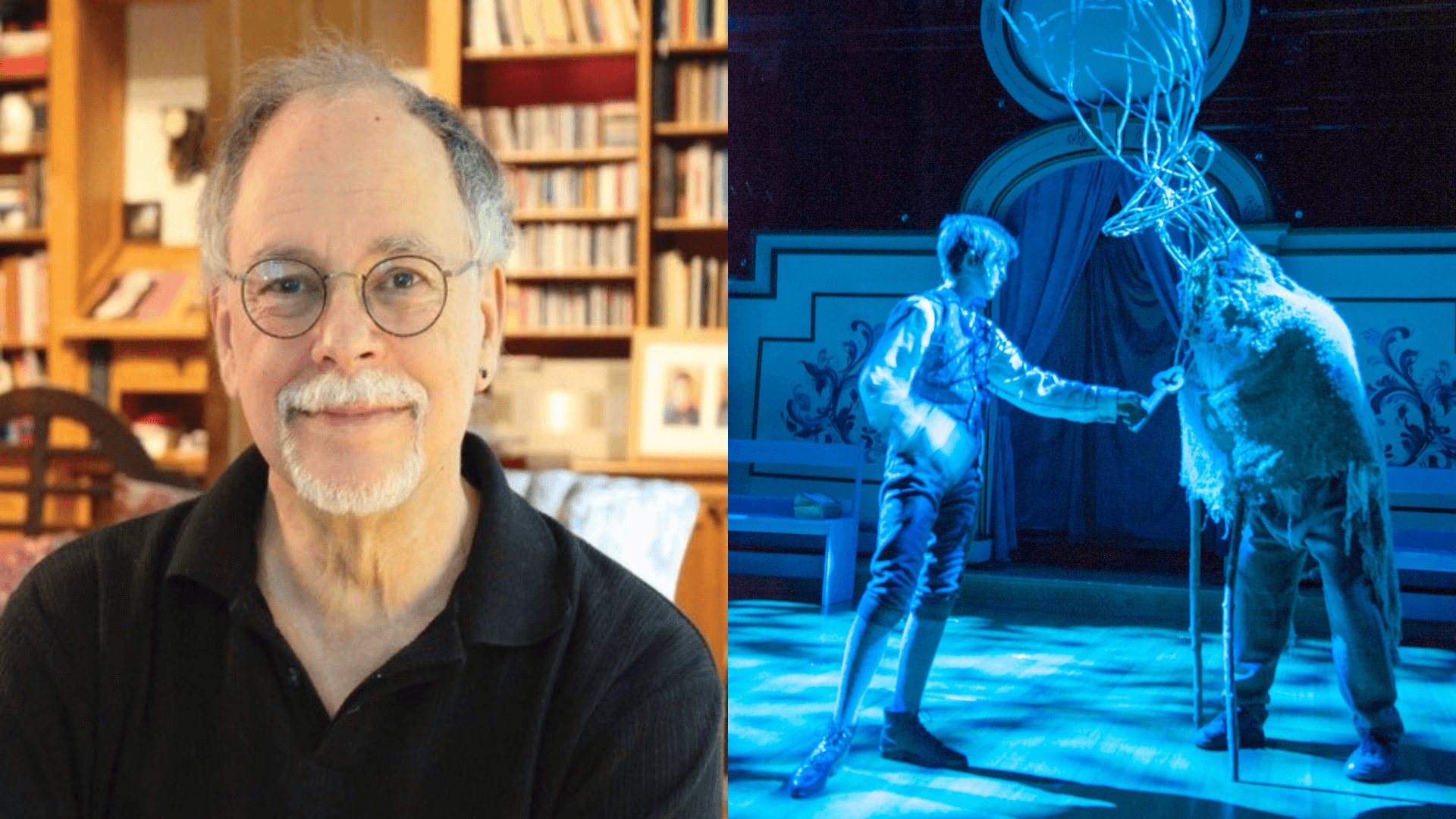
Read More

Read More

Read More
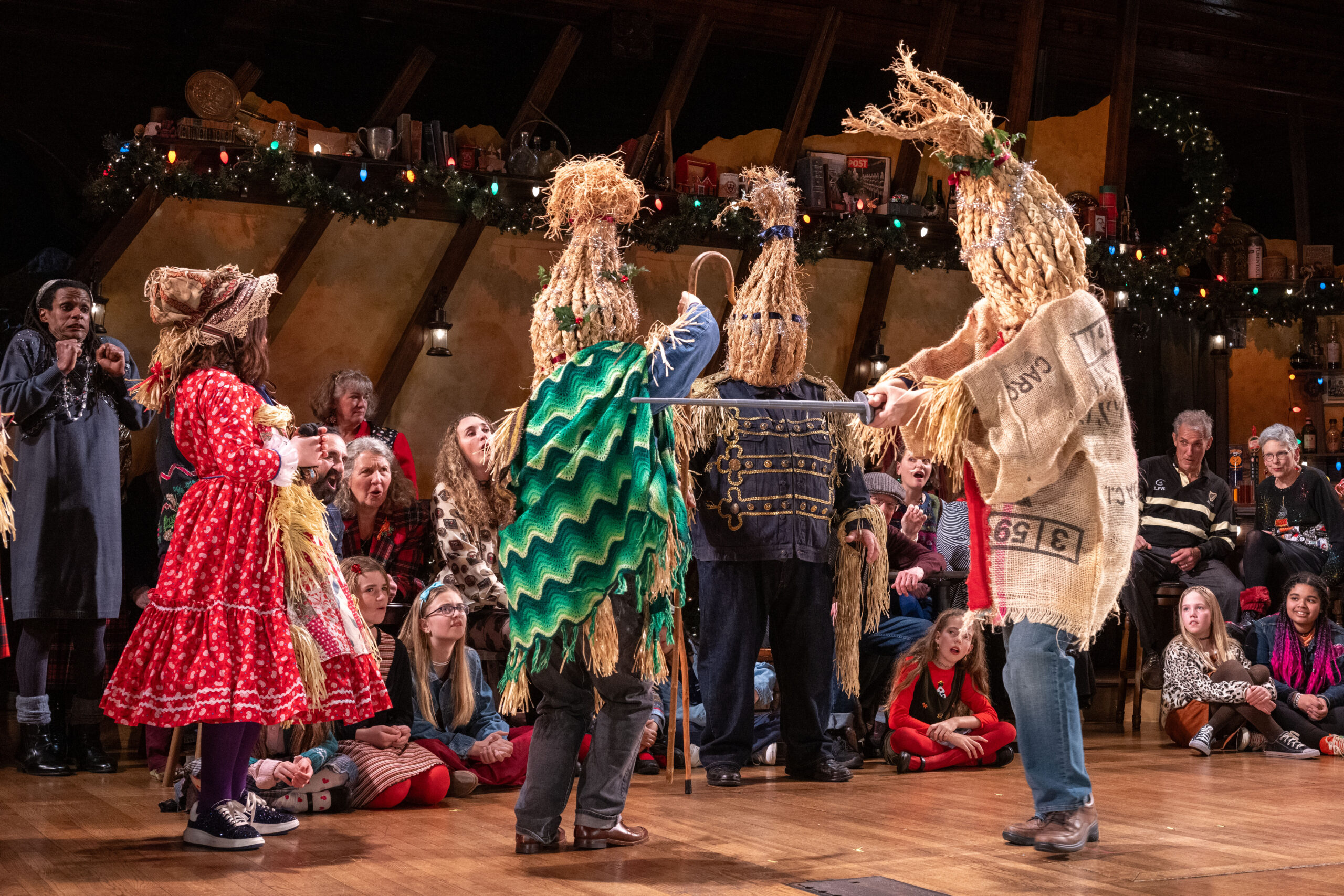
Read More
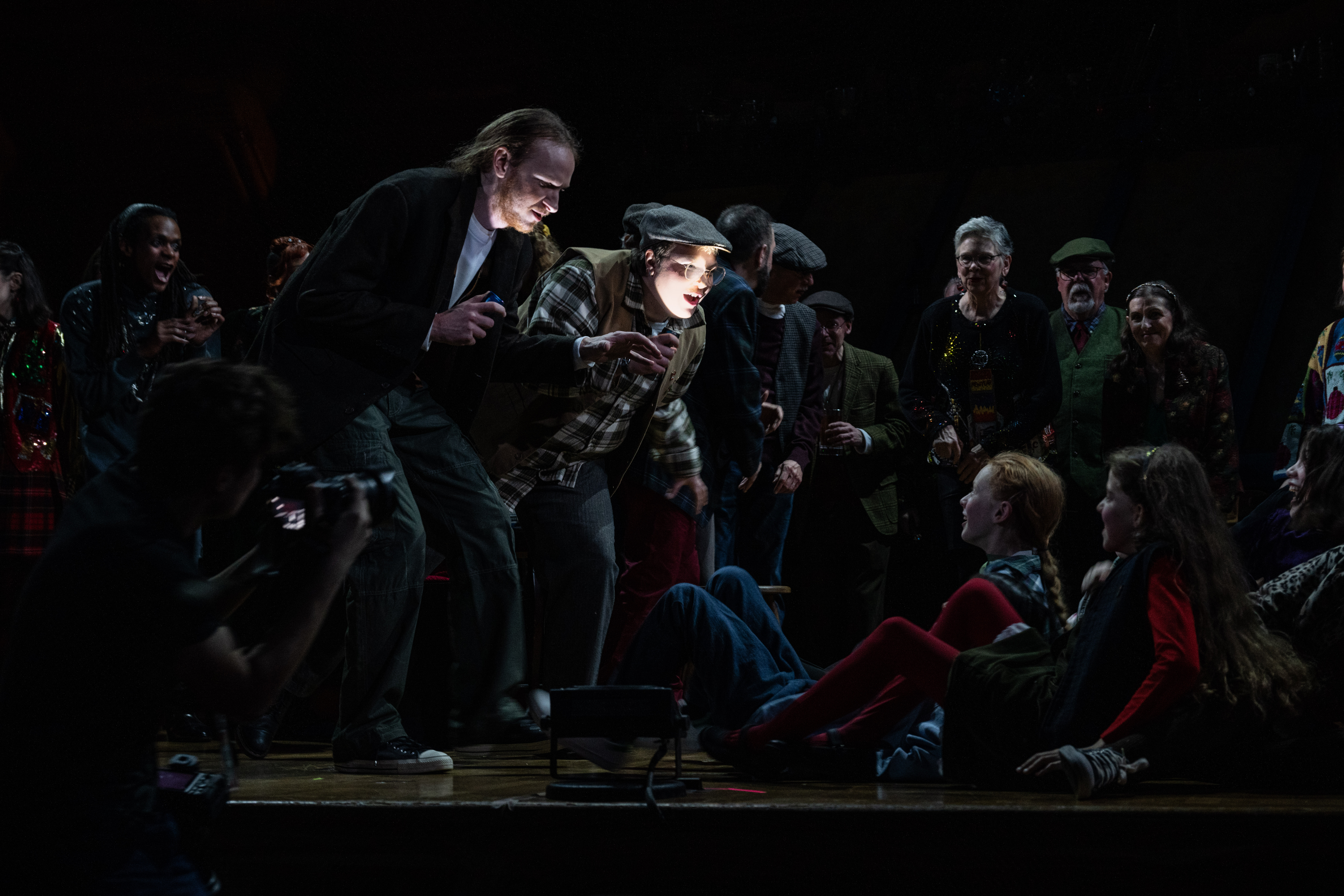
Read More
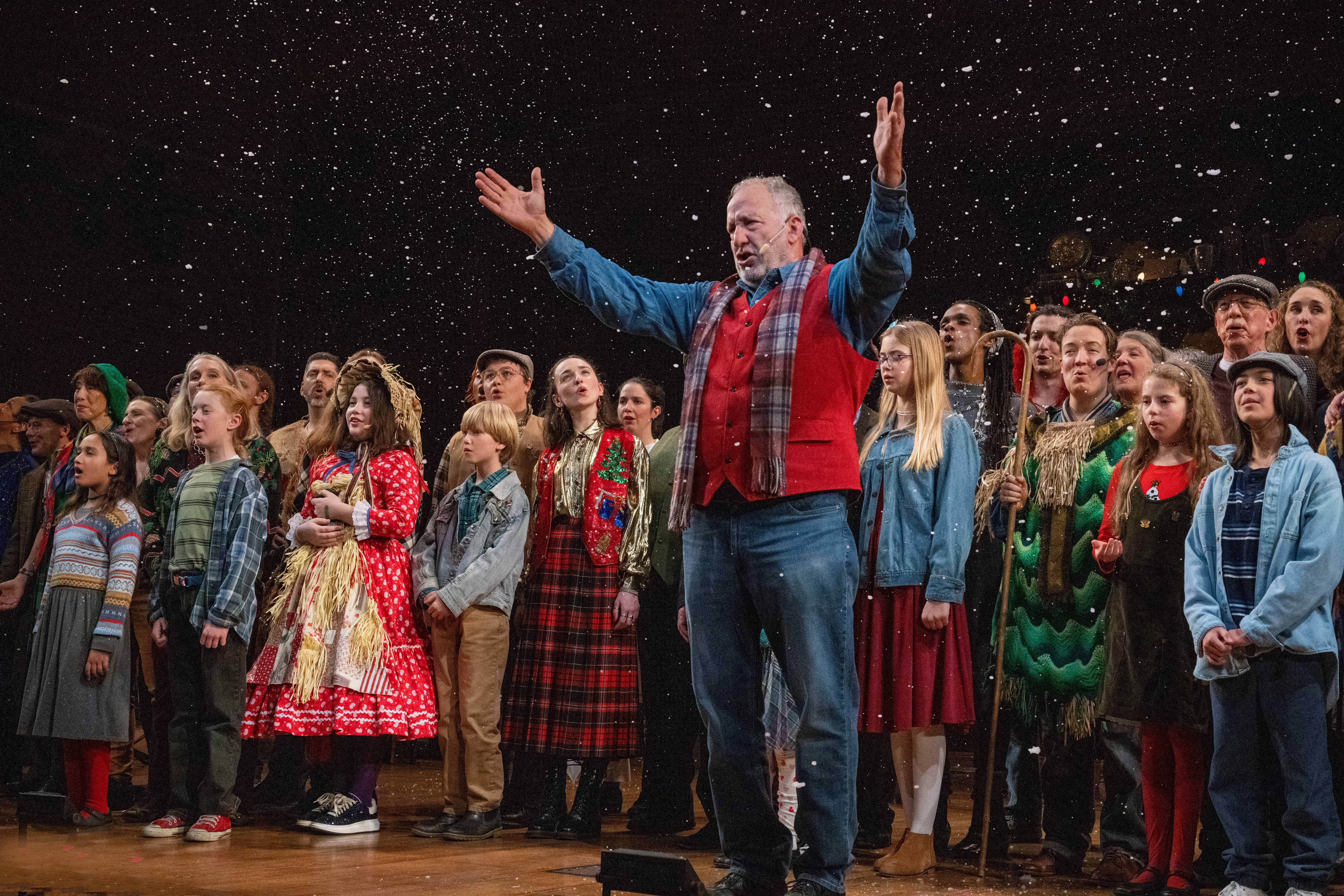
Read More
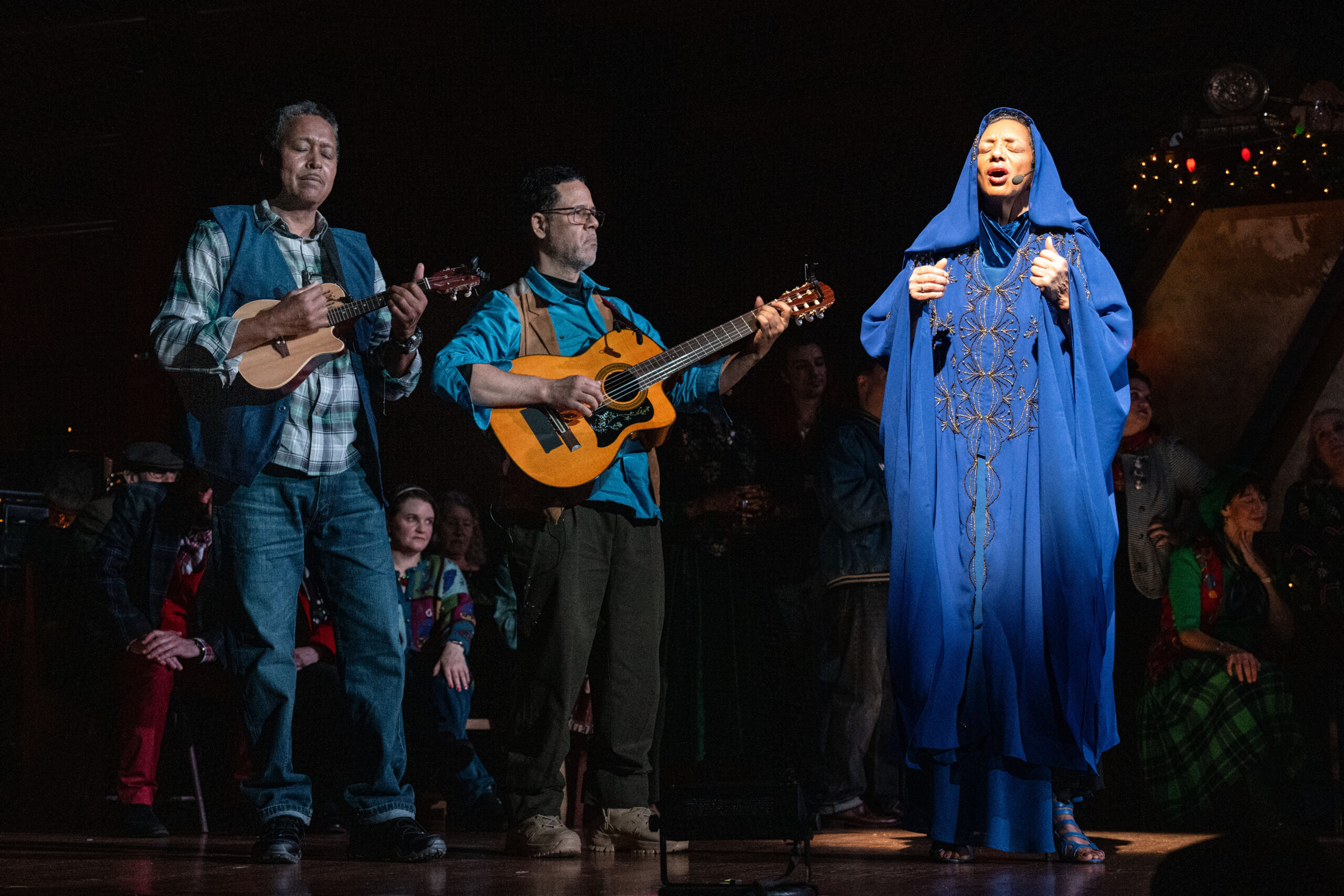
Read More

Read More
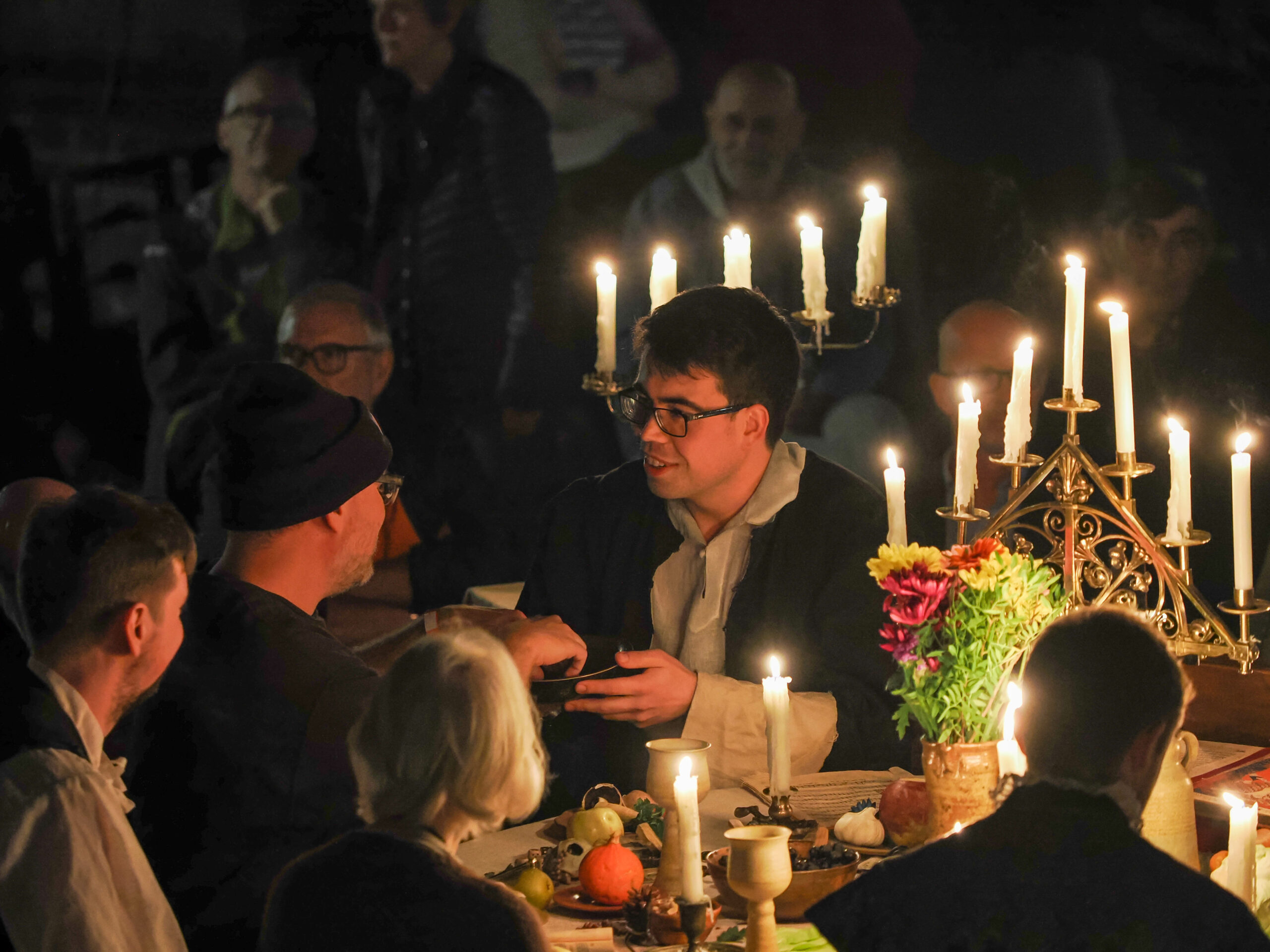
Read More
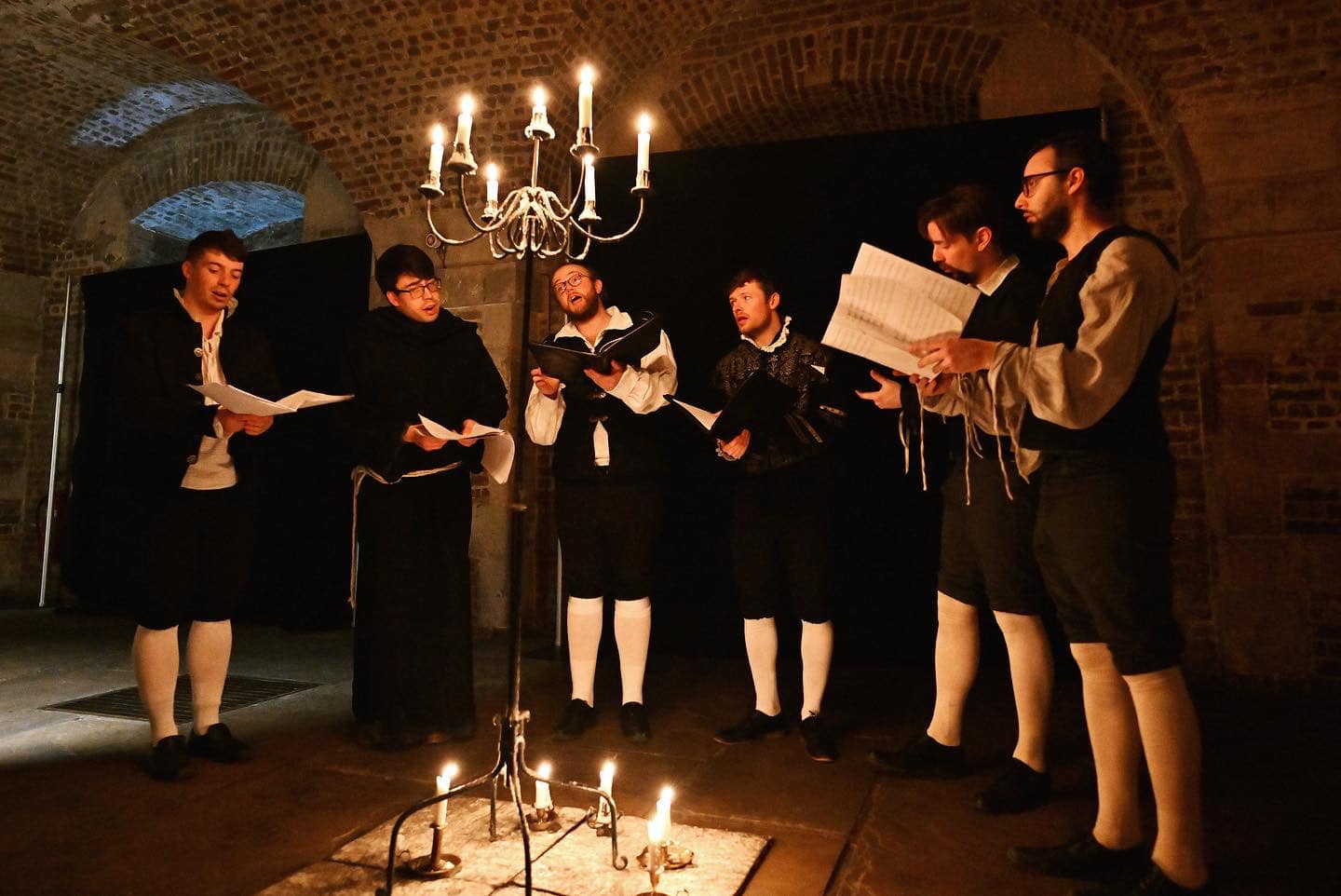
Read More
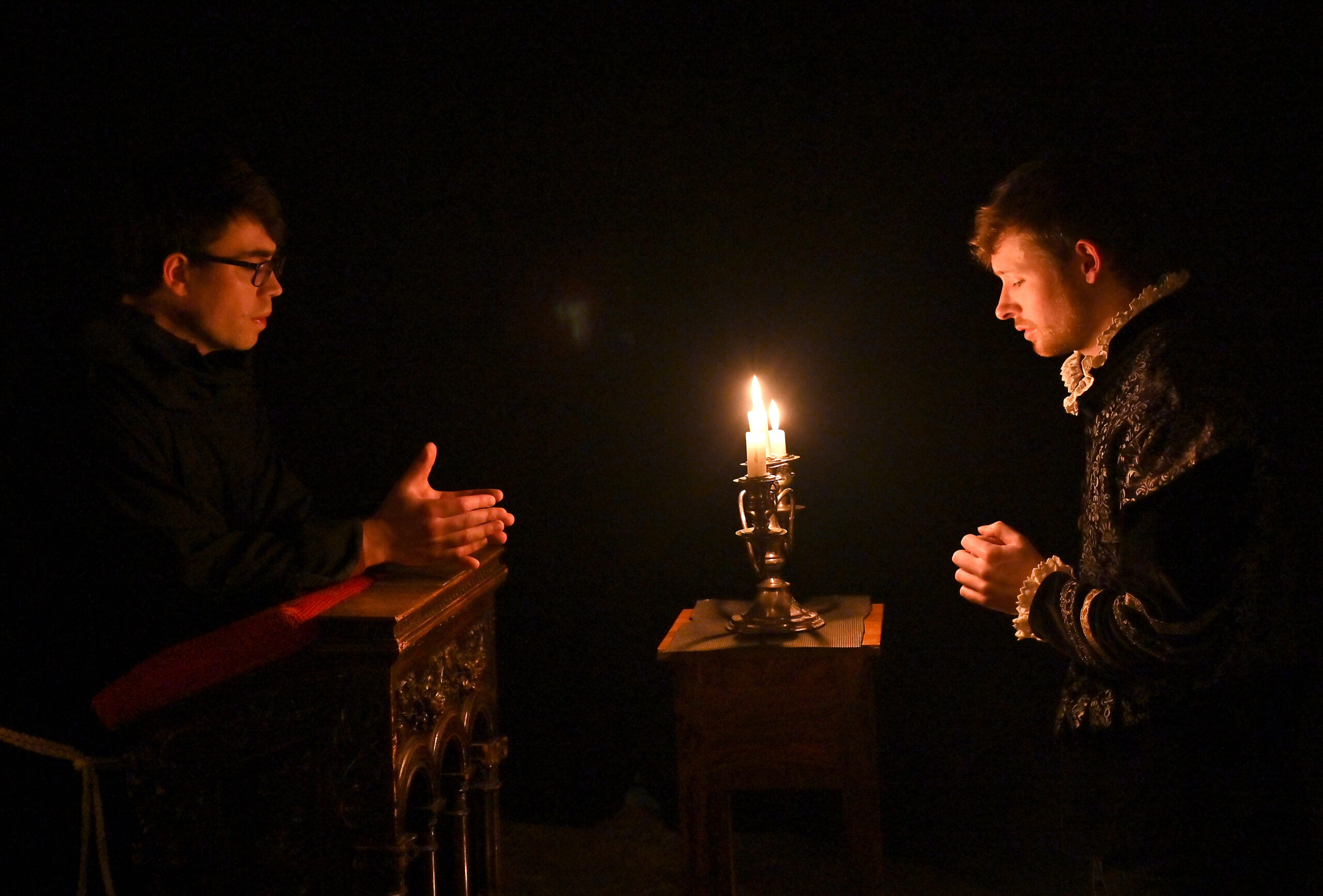
Read More
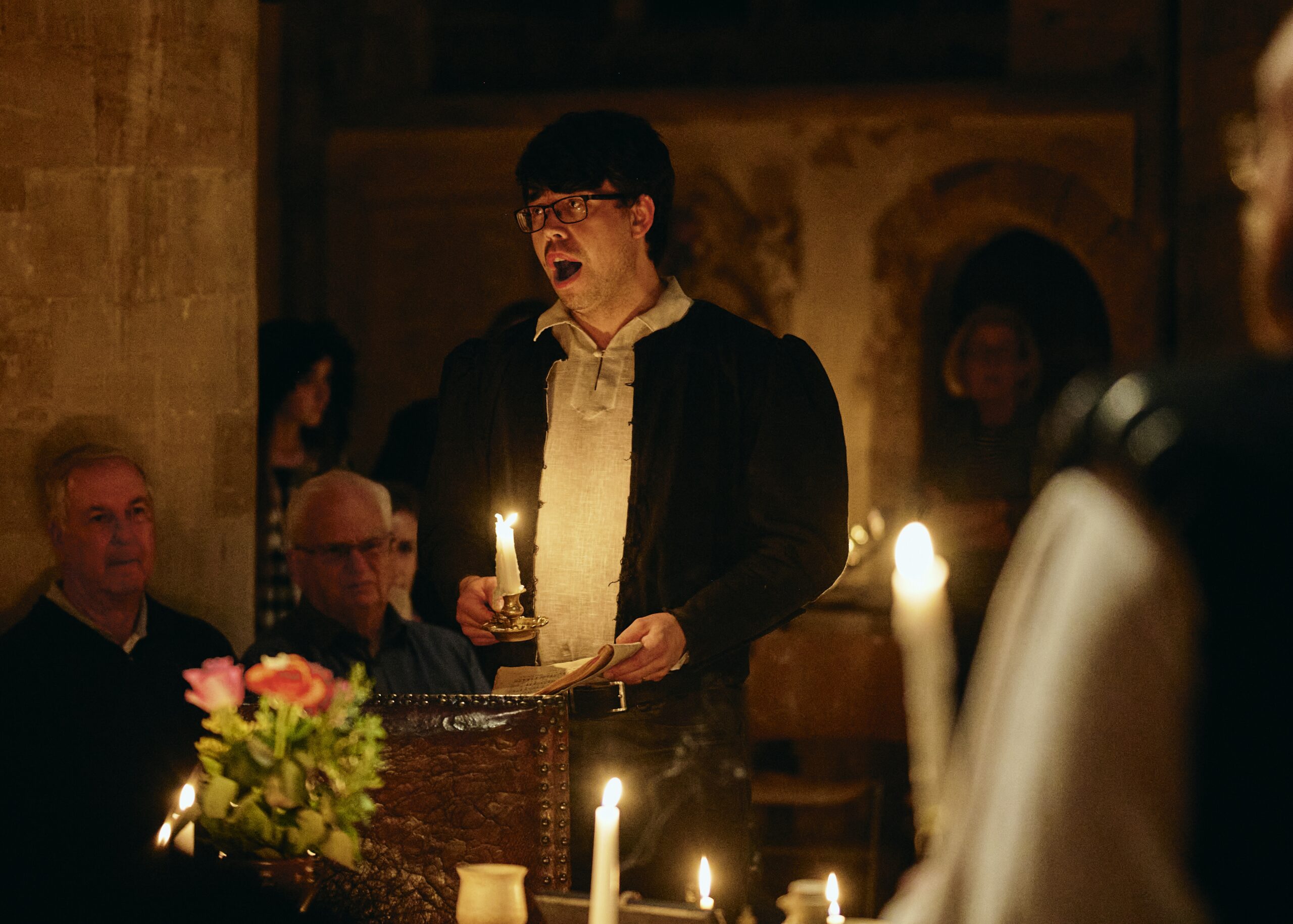
Read More

Read More
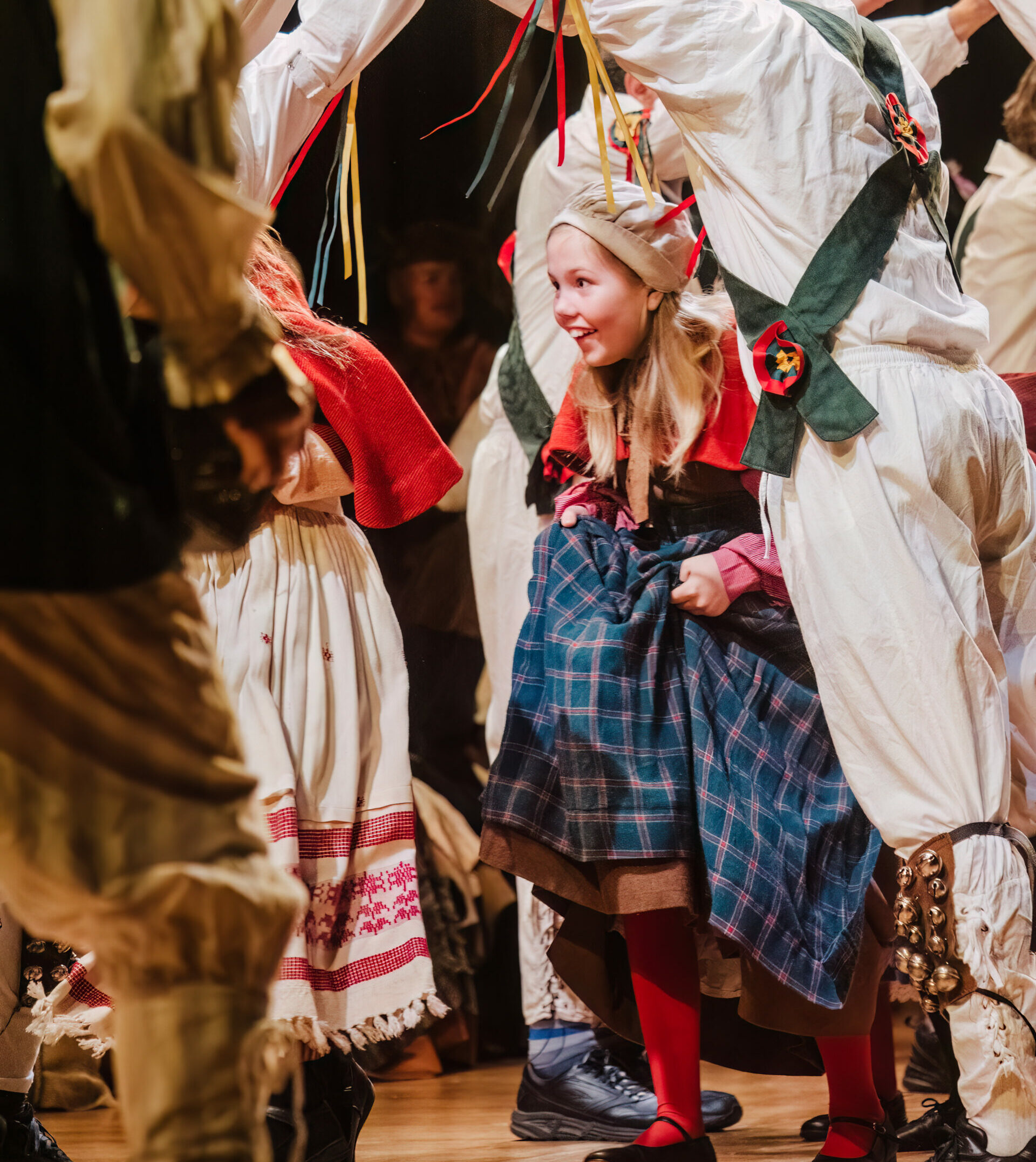
Read More
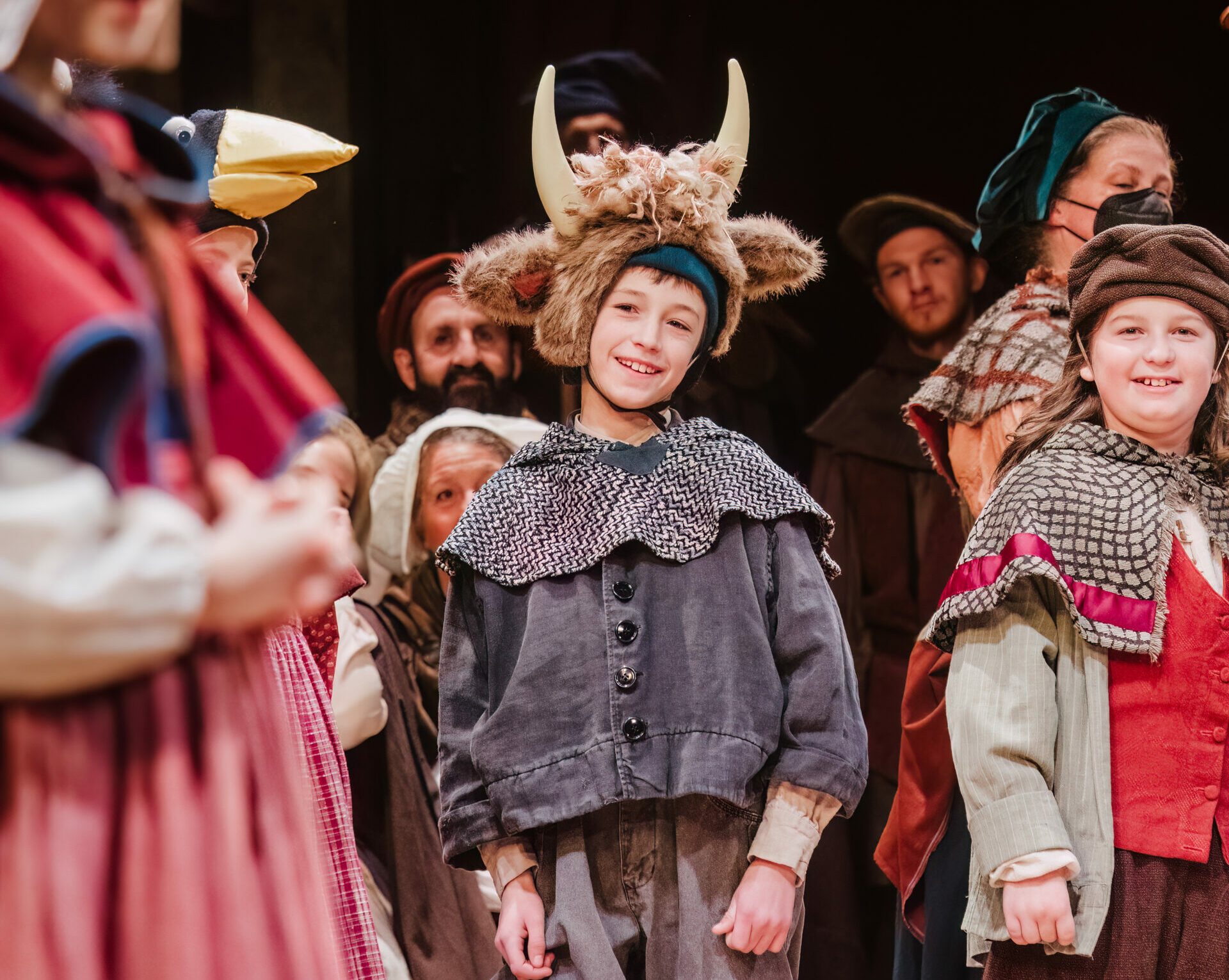
Read More
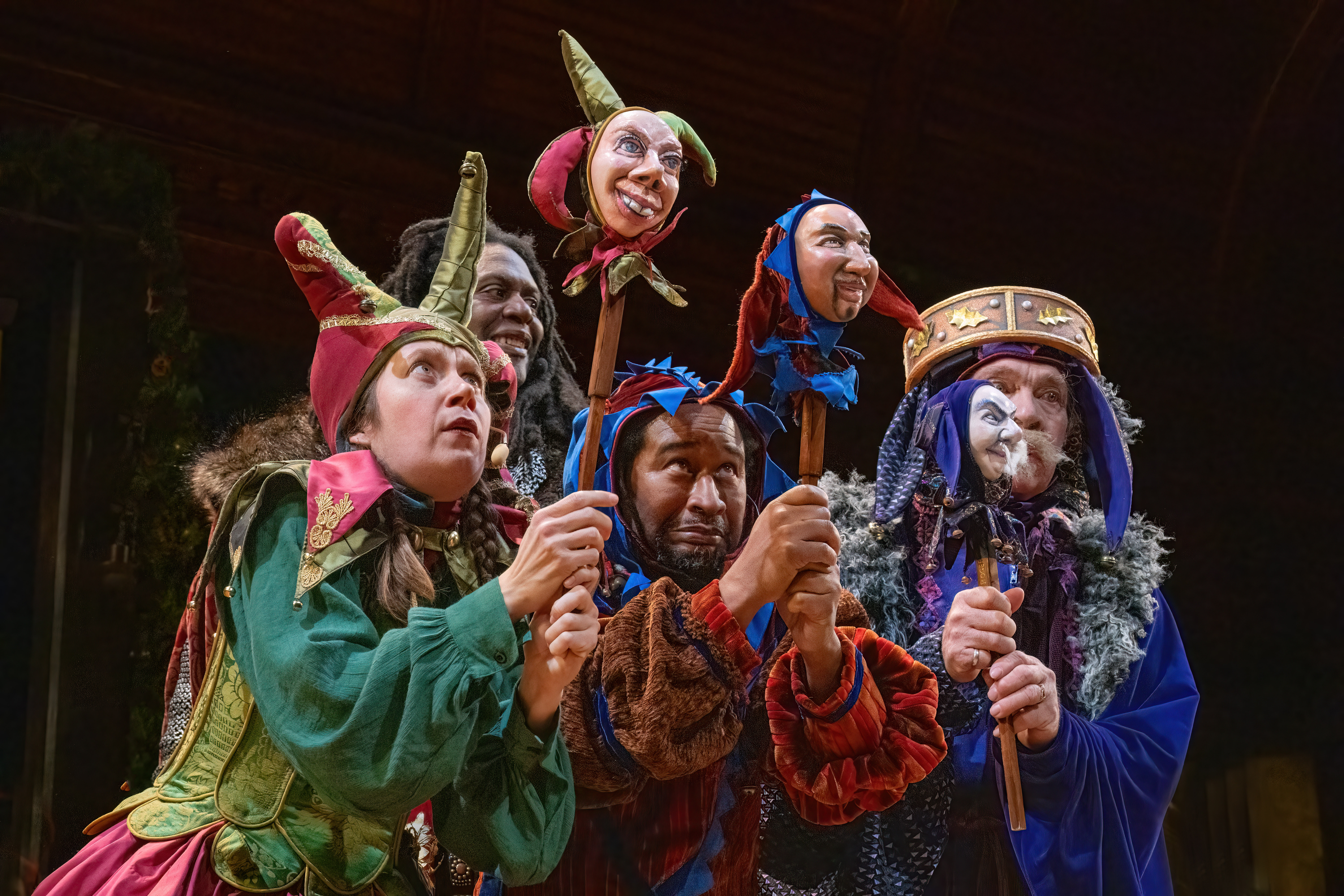
Read More
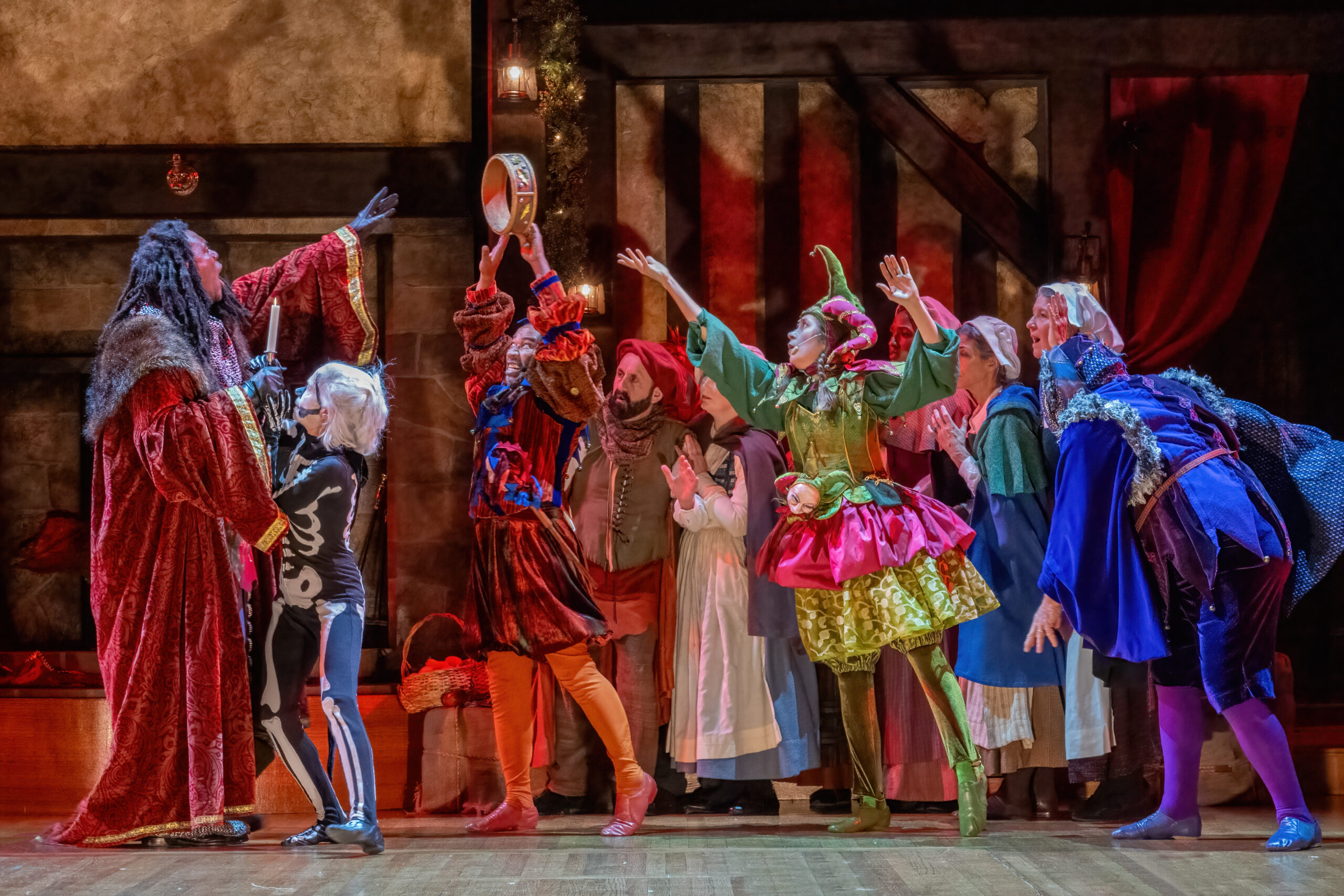
Read More
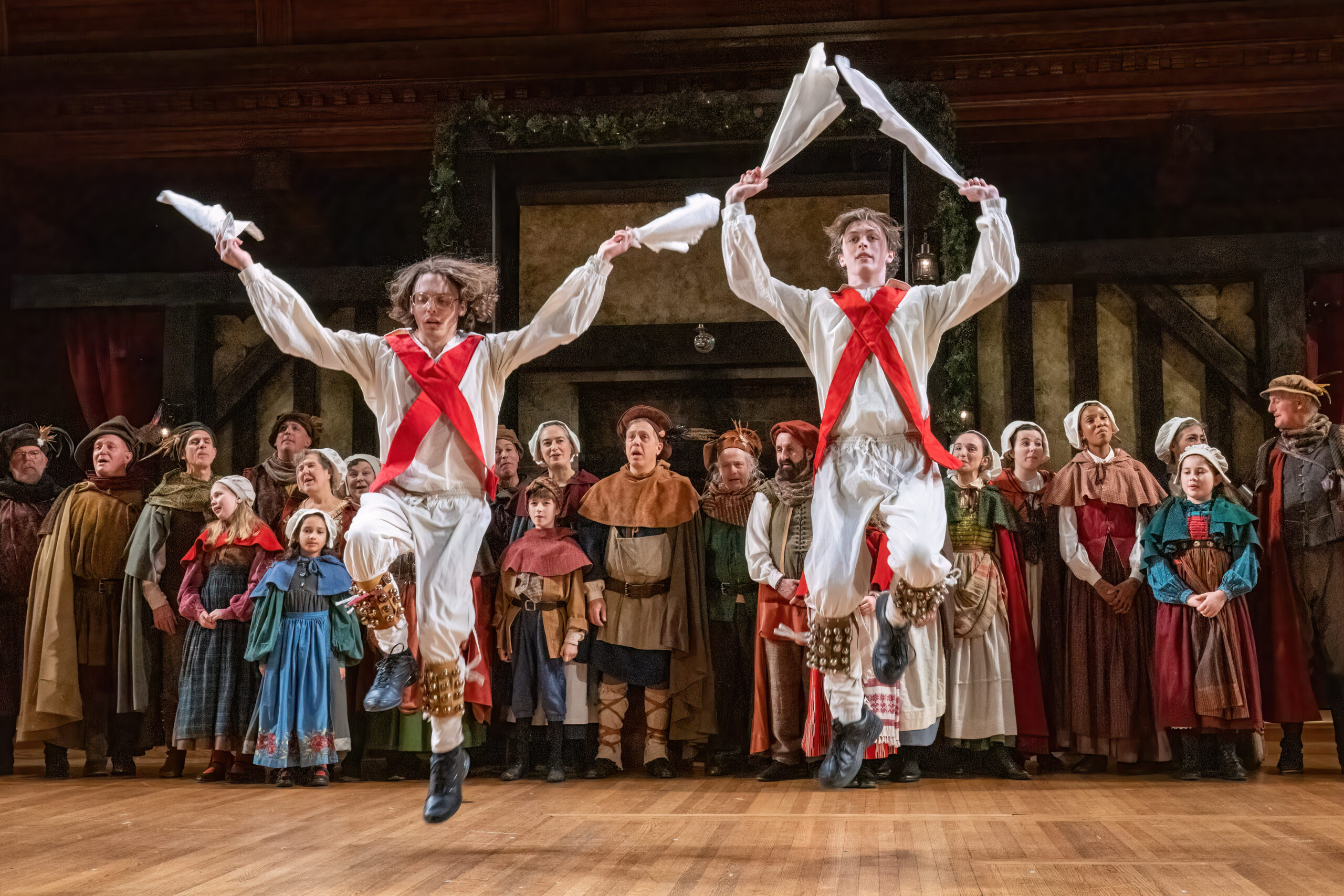
Read More
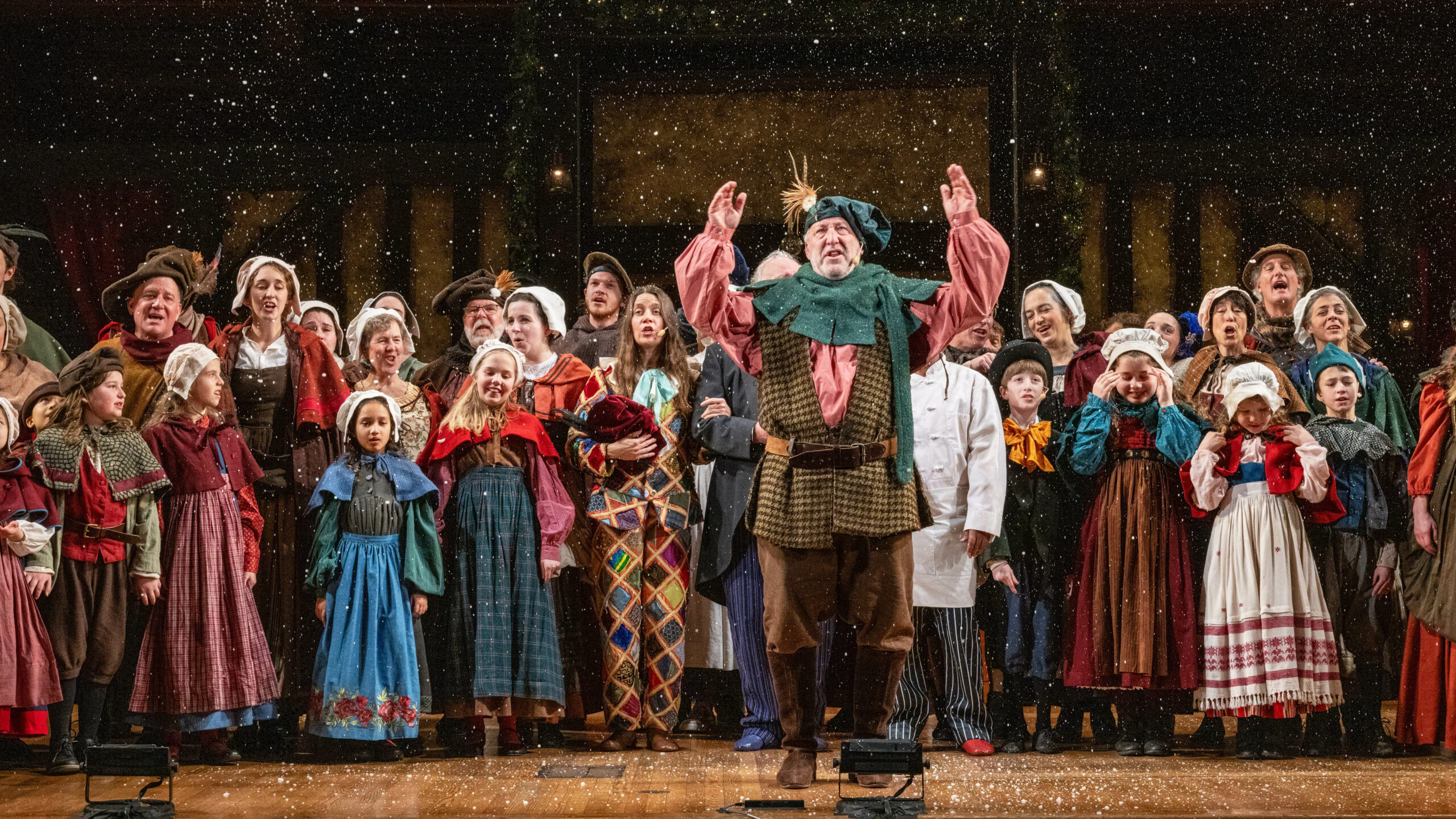
Read More

Read More

Read More

Read More

Read More
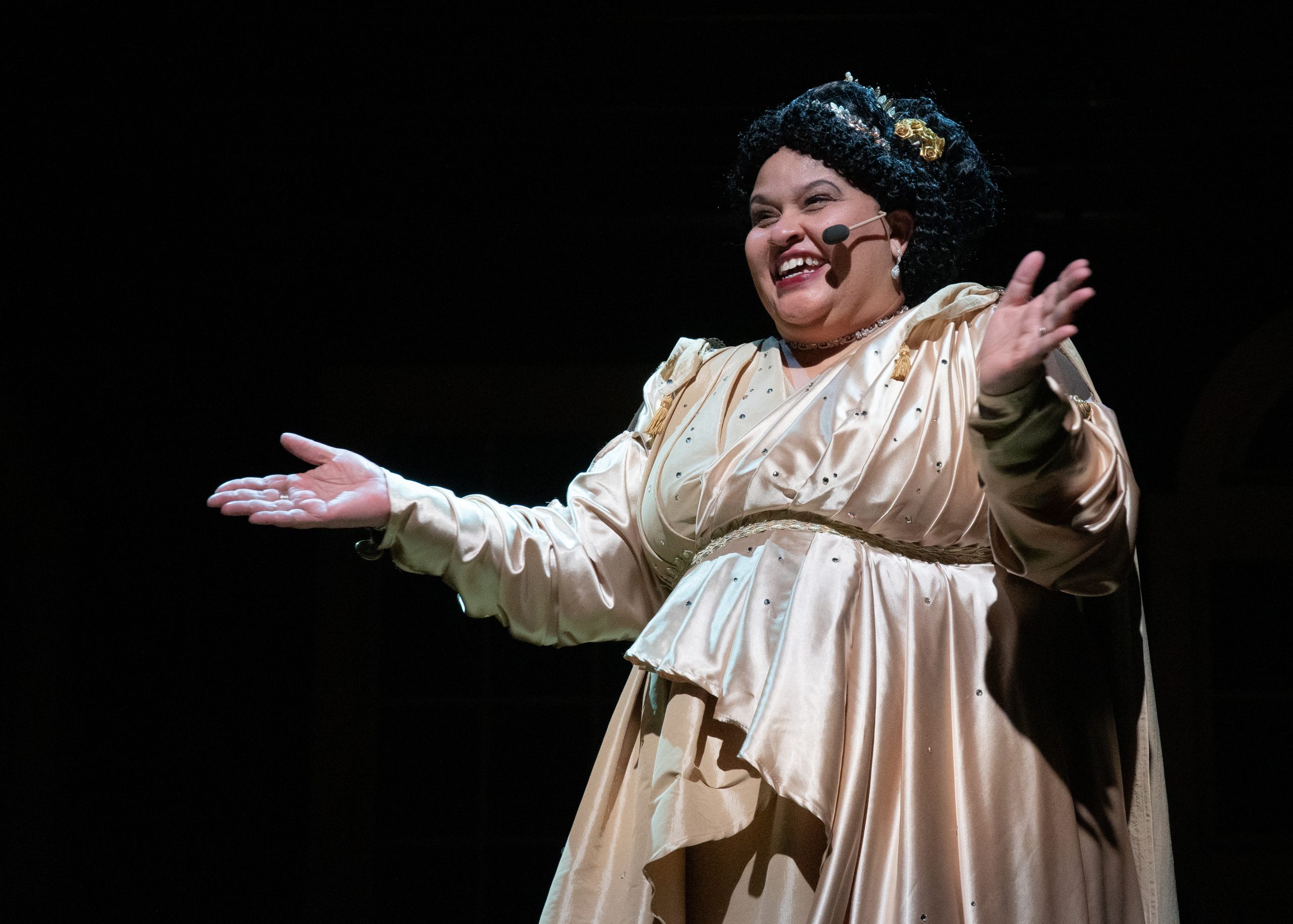
Read More
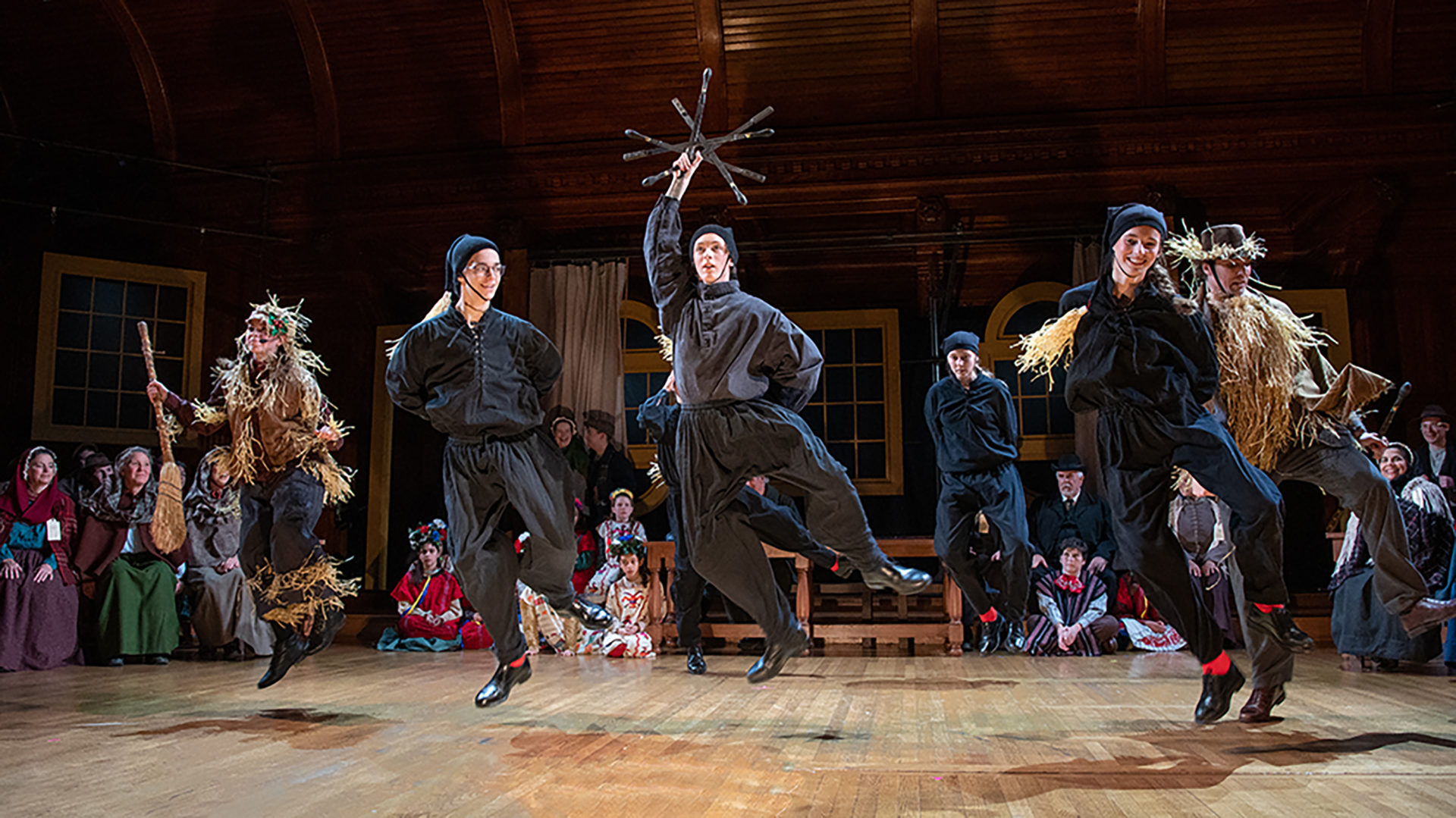
Read More
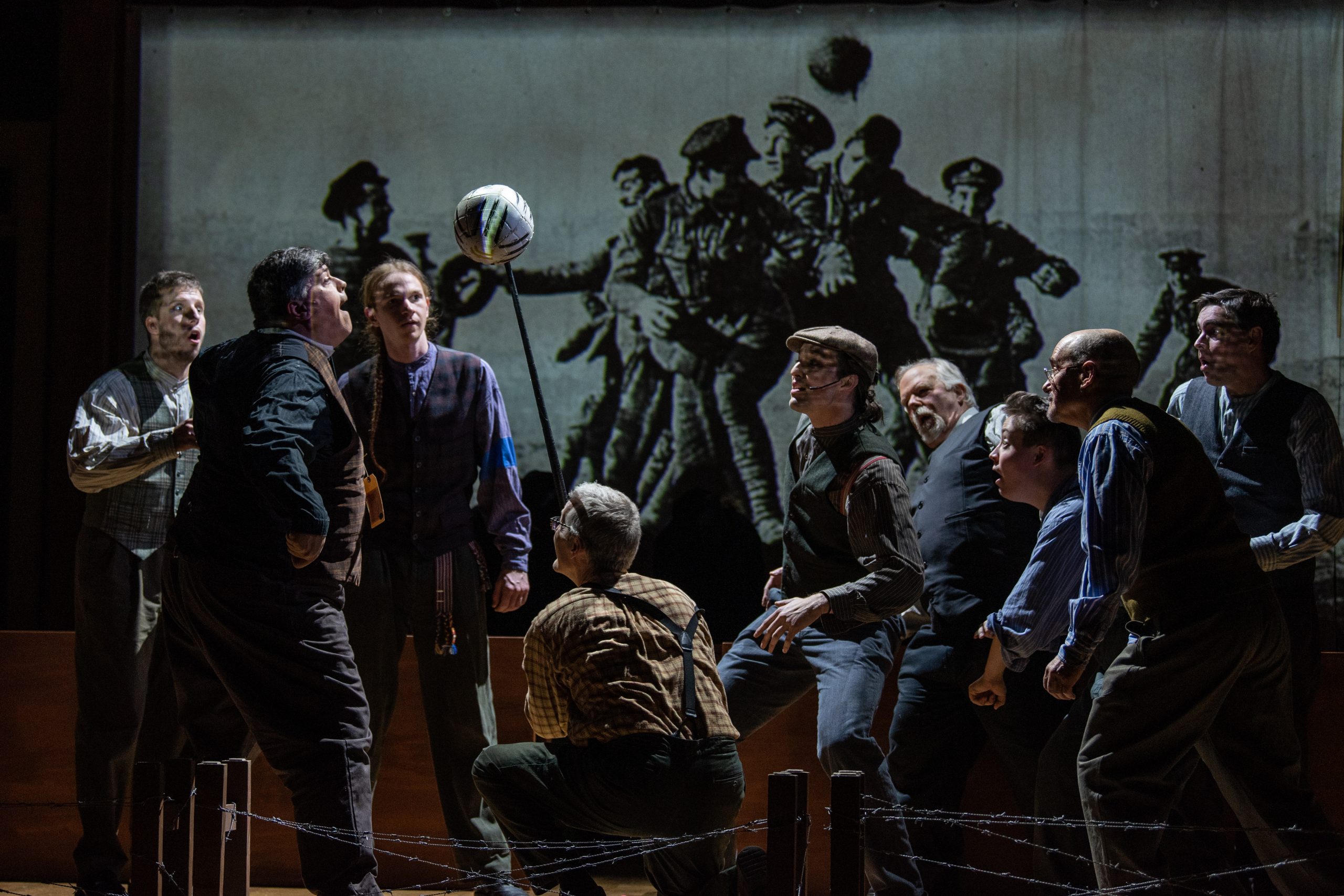
Read More

Read More
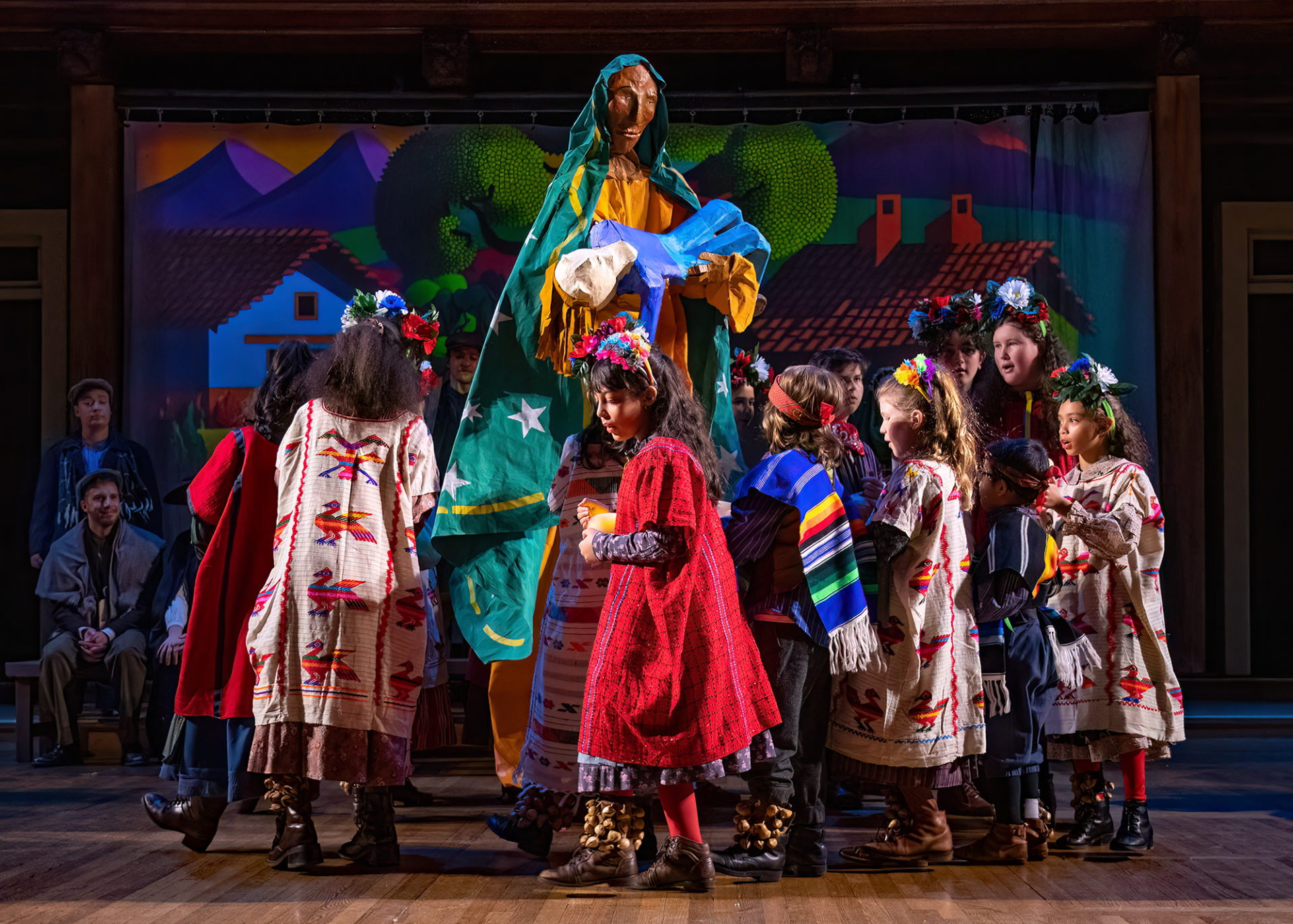
Read More
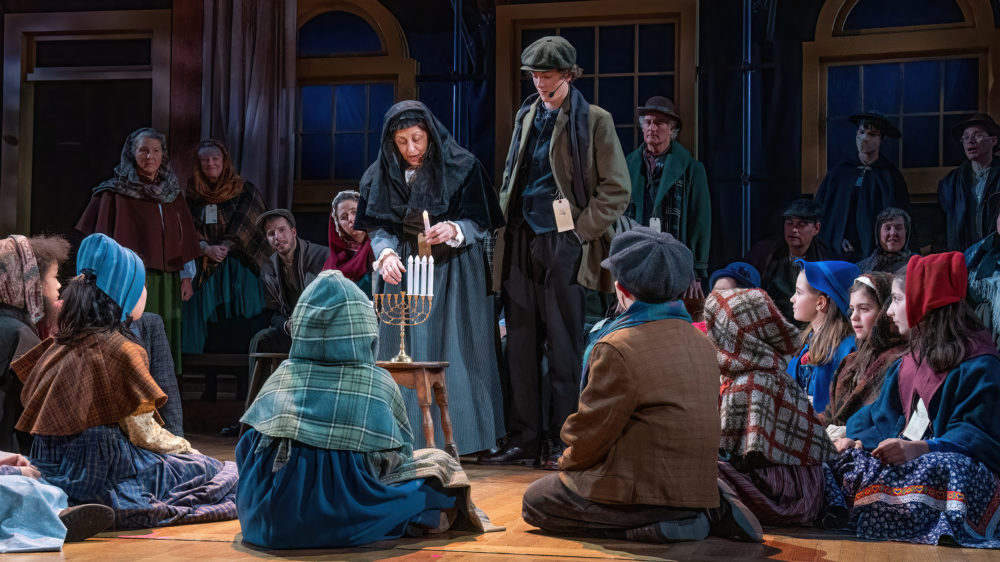
Read More
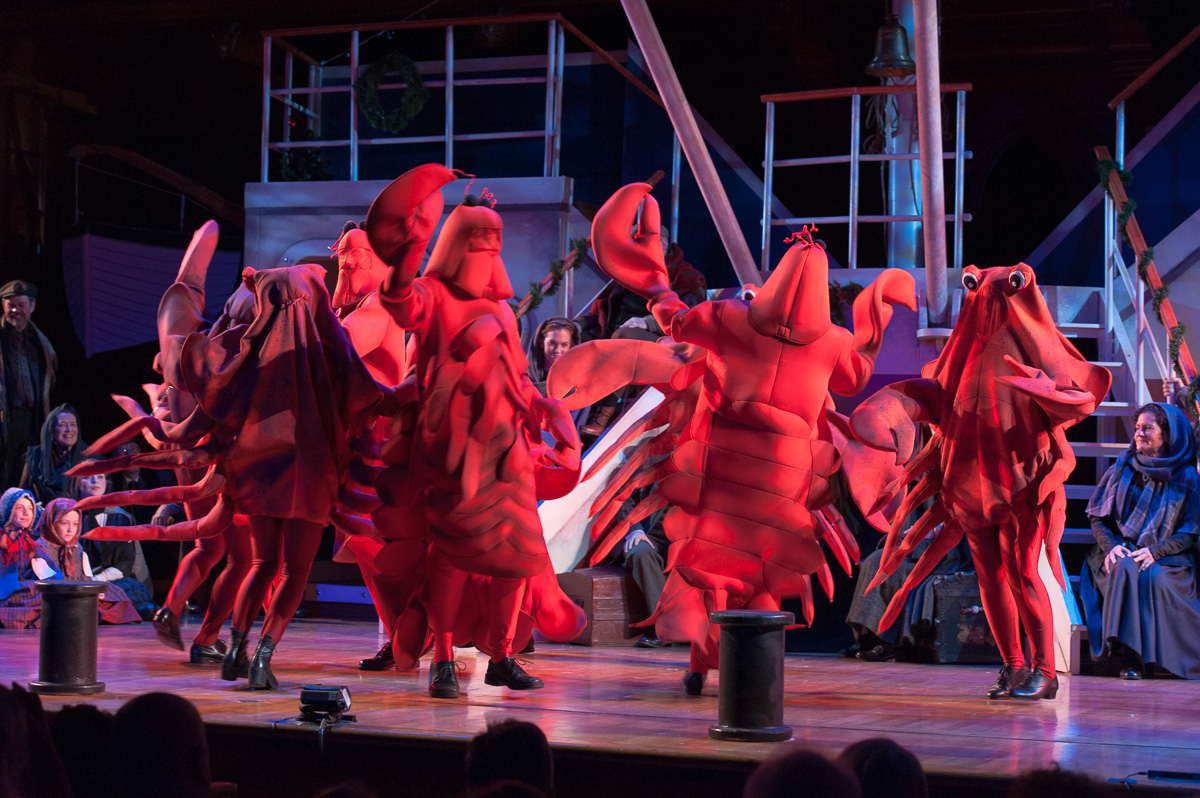
Read More
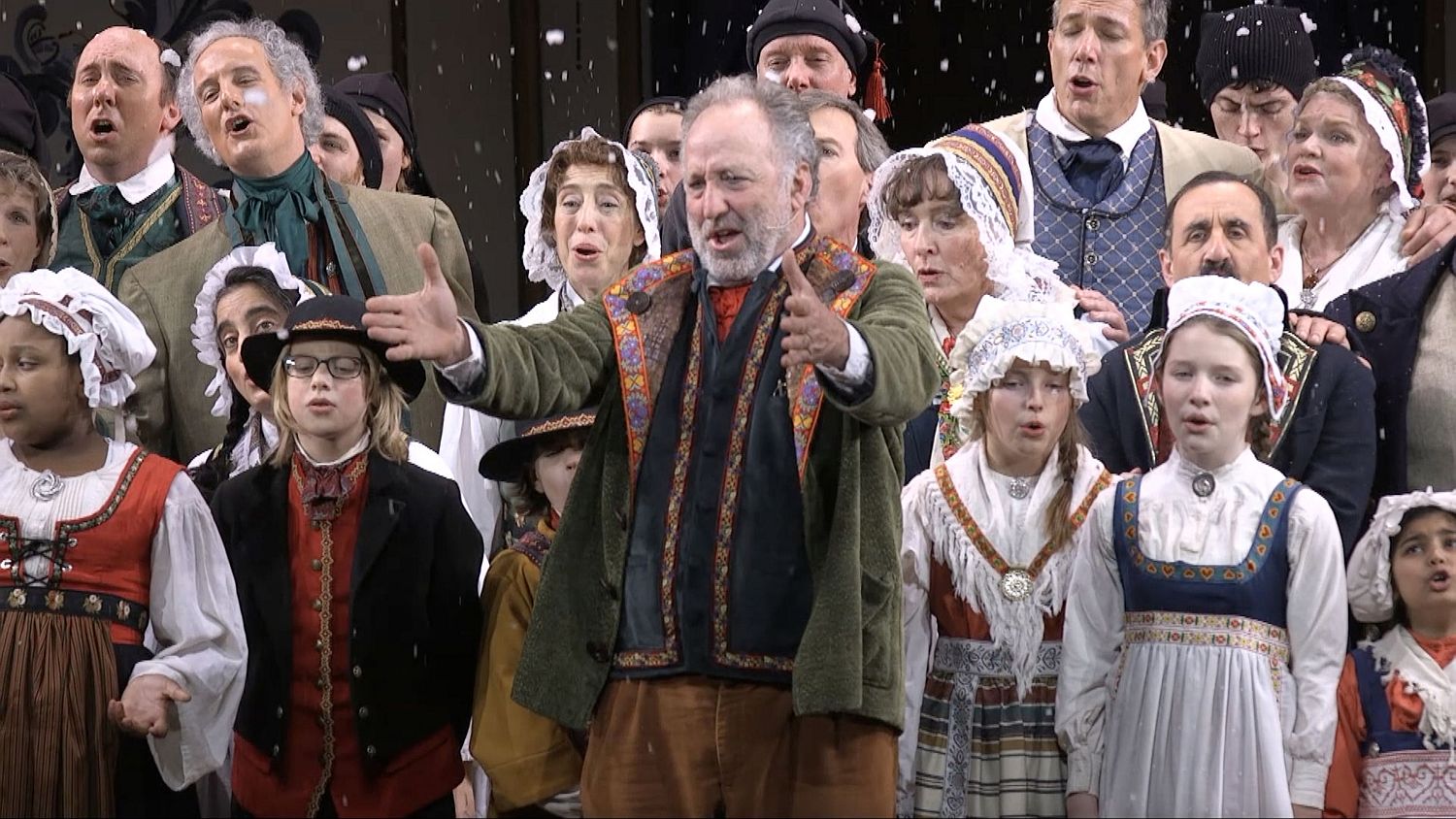
Read More

Read More

Read More

Read More

Read More

Read More
Read More
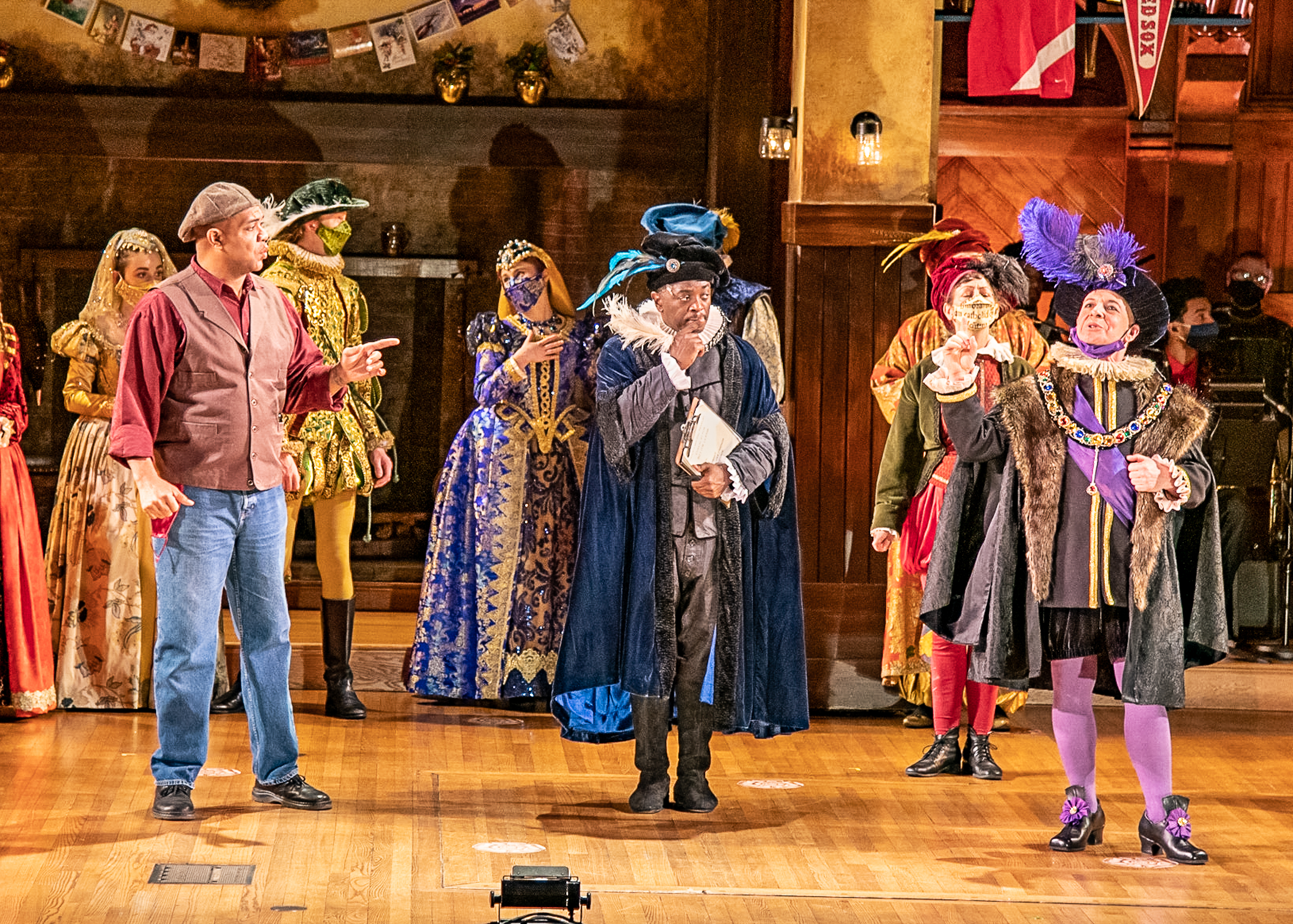
Read More
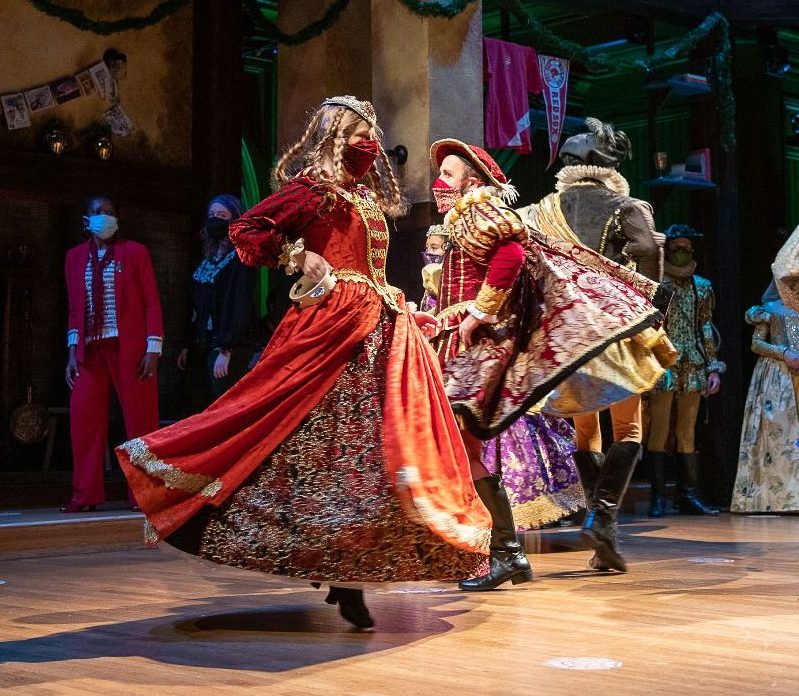
Read More
Read More

Read More
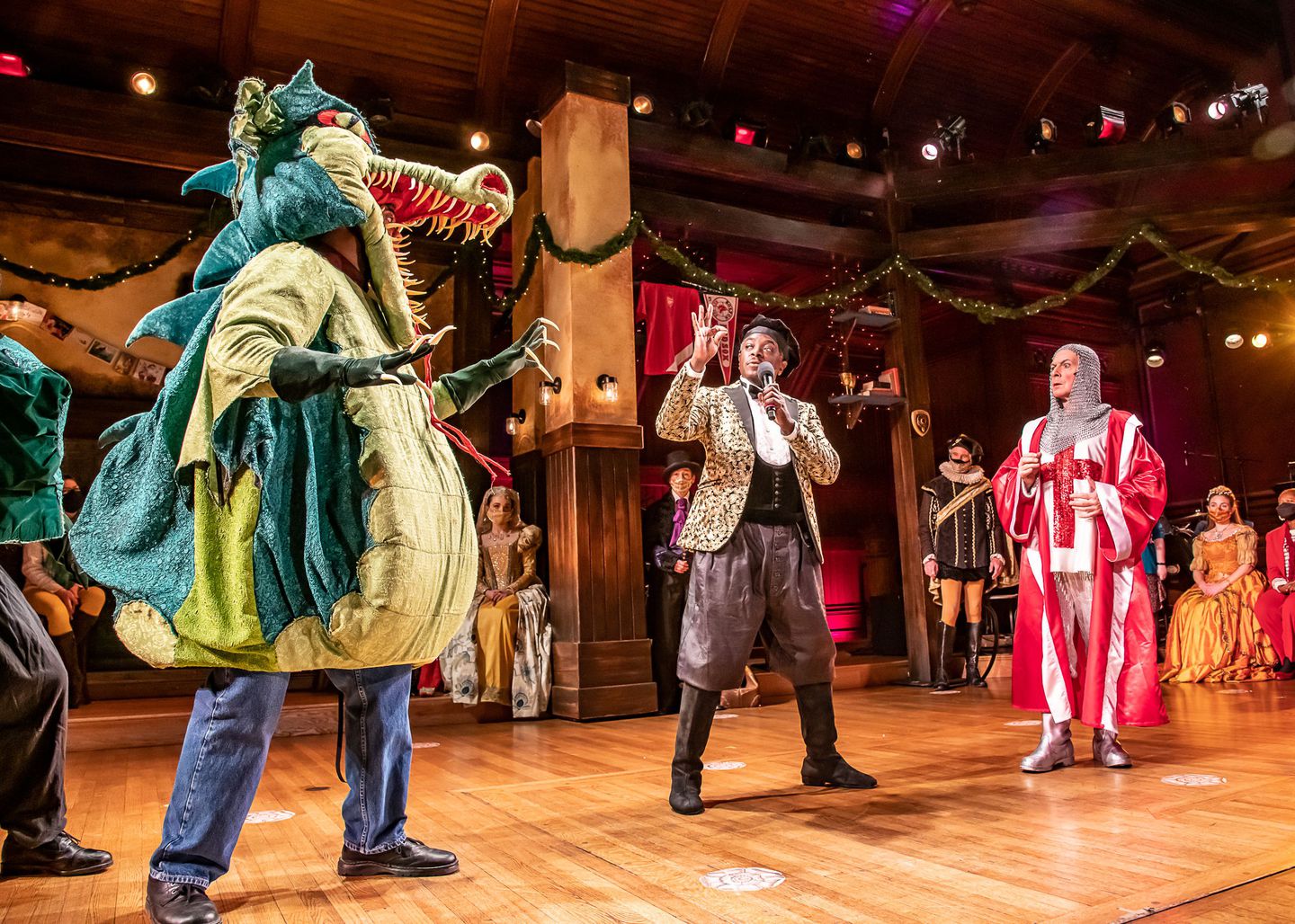
Read More

Read More
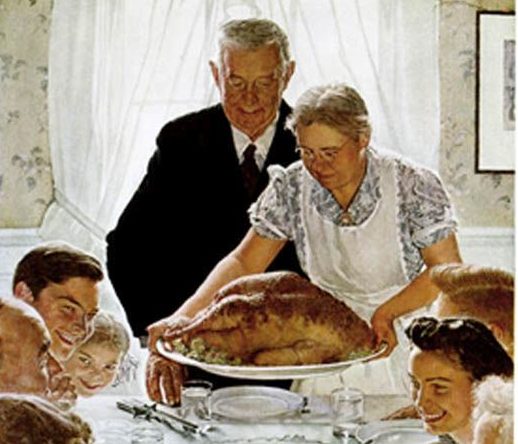
Read More
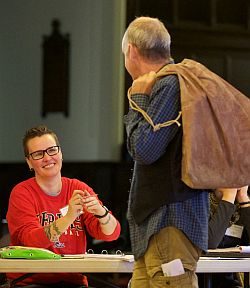
Read More

Read More
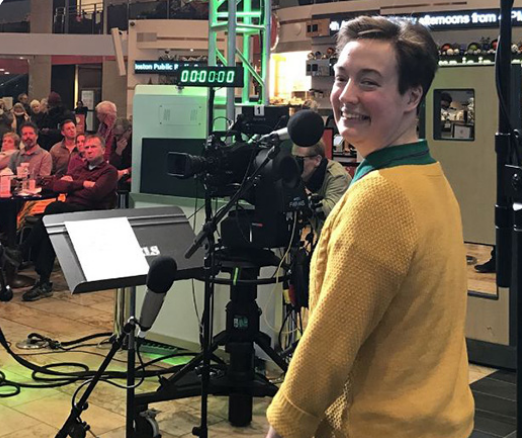
Read More

Read More
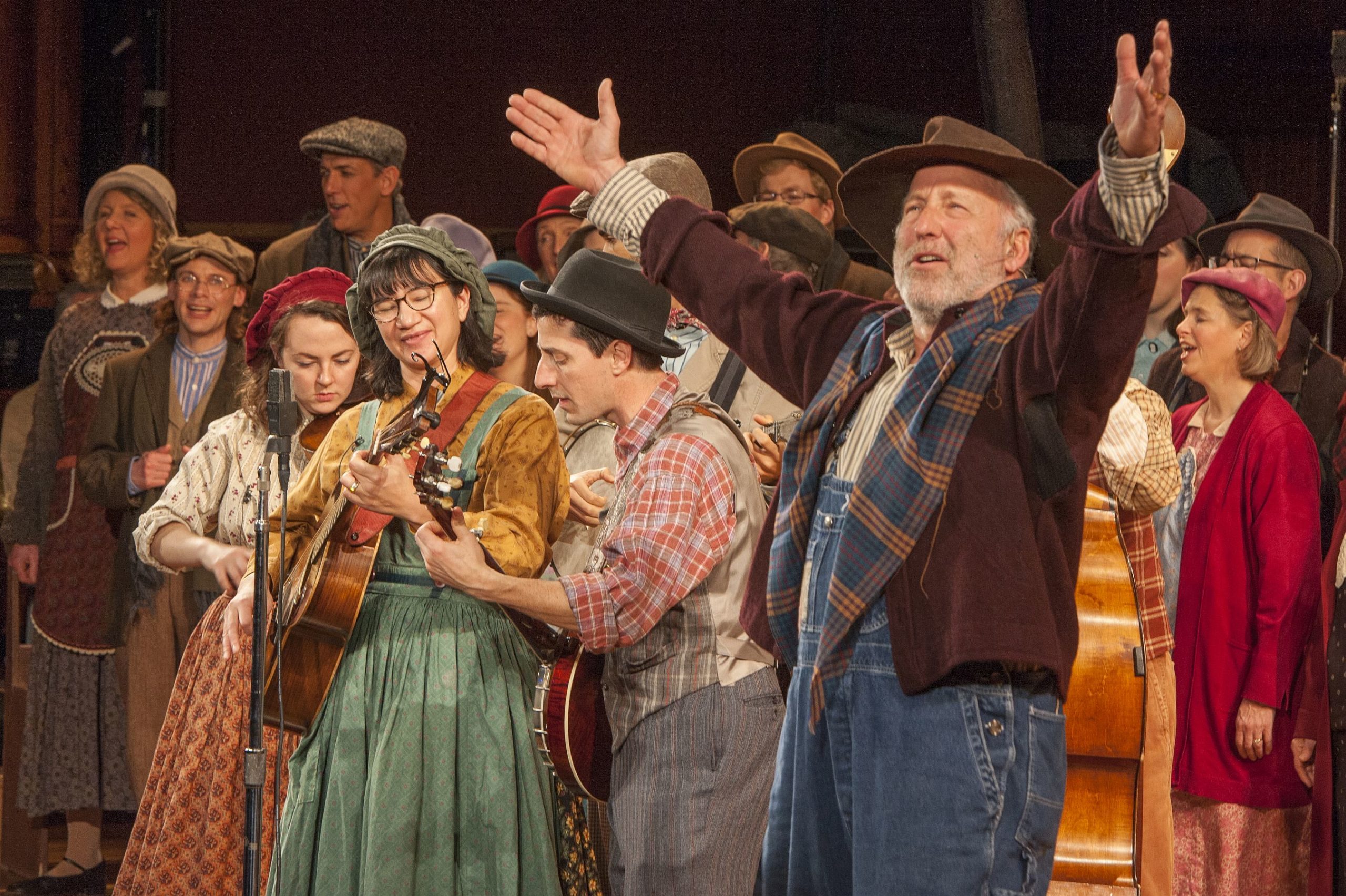
Read More
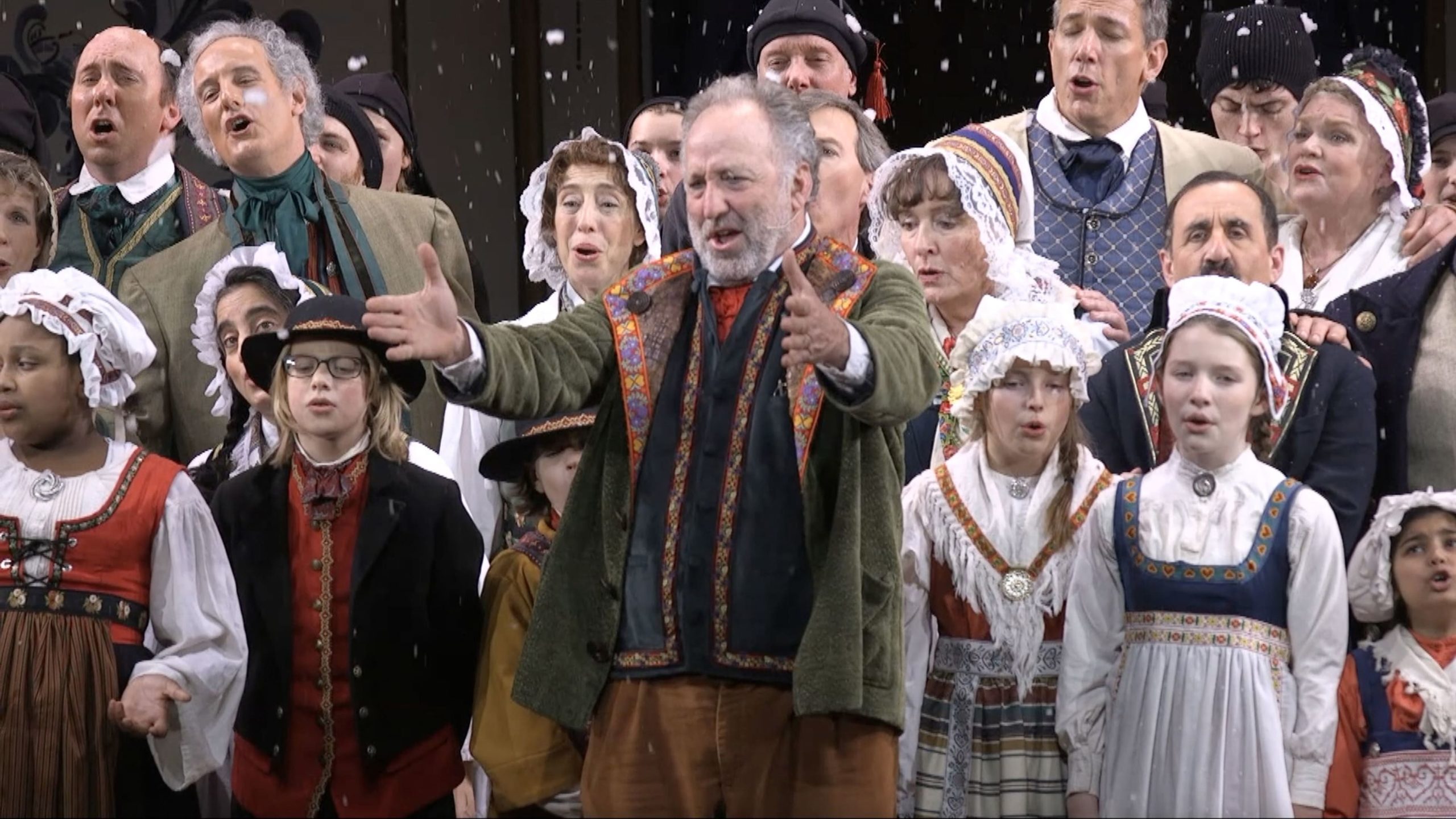
Read More

Read More

Read More
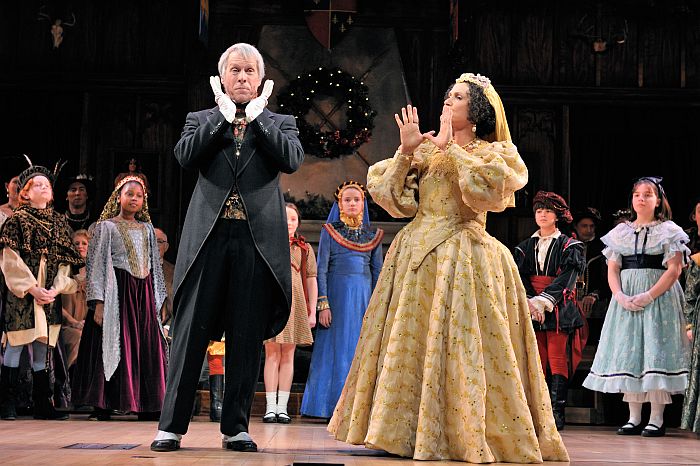
Read More
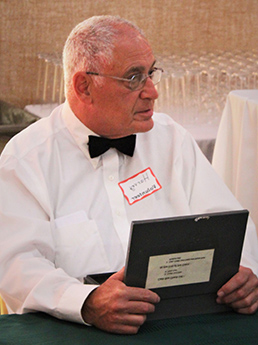
Read More
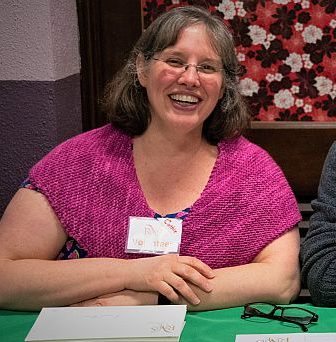
Read More

Read More
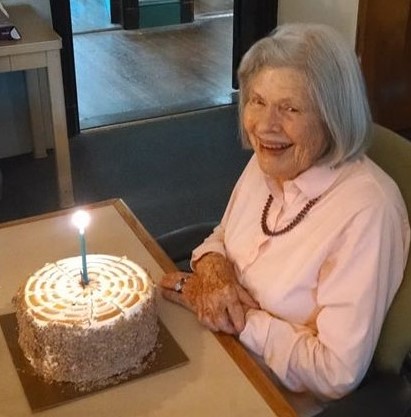
Read More

Read More

Read More

Read More
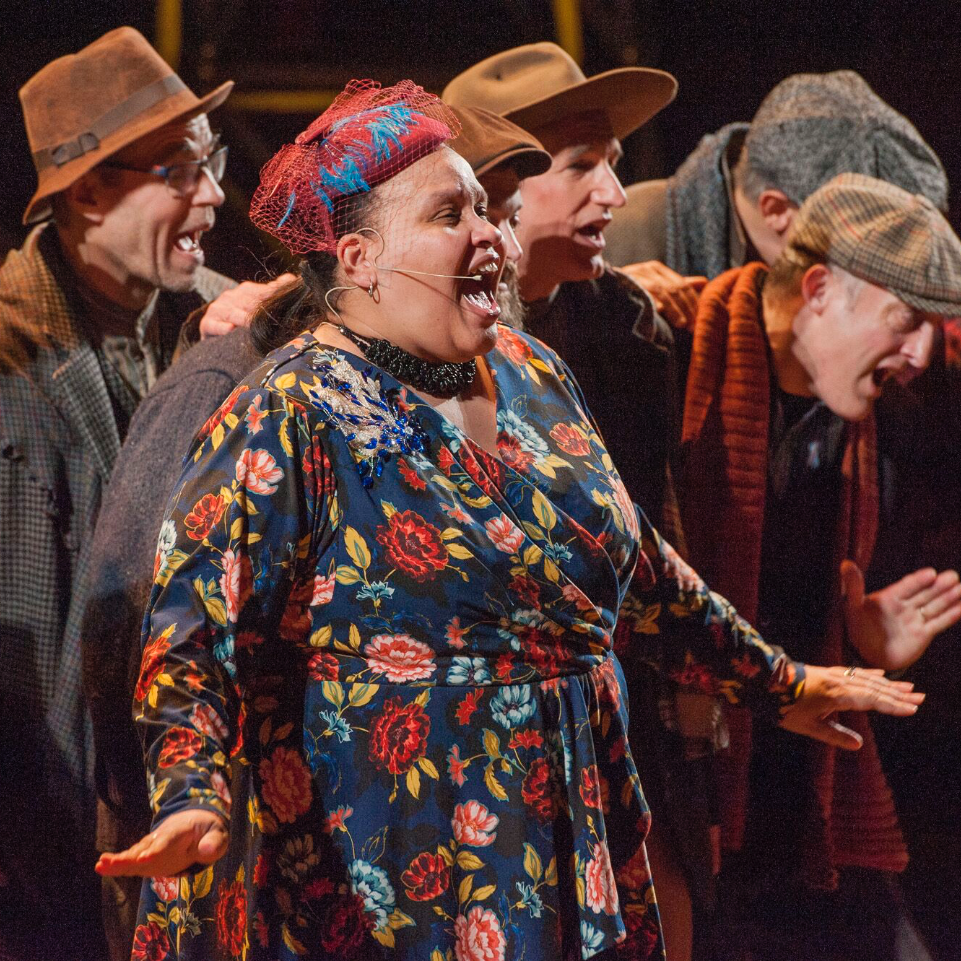
Read More

Read More

Read More
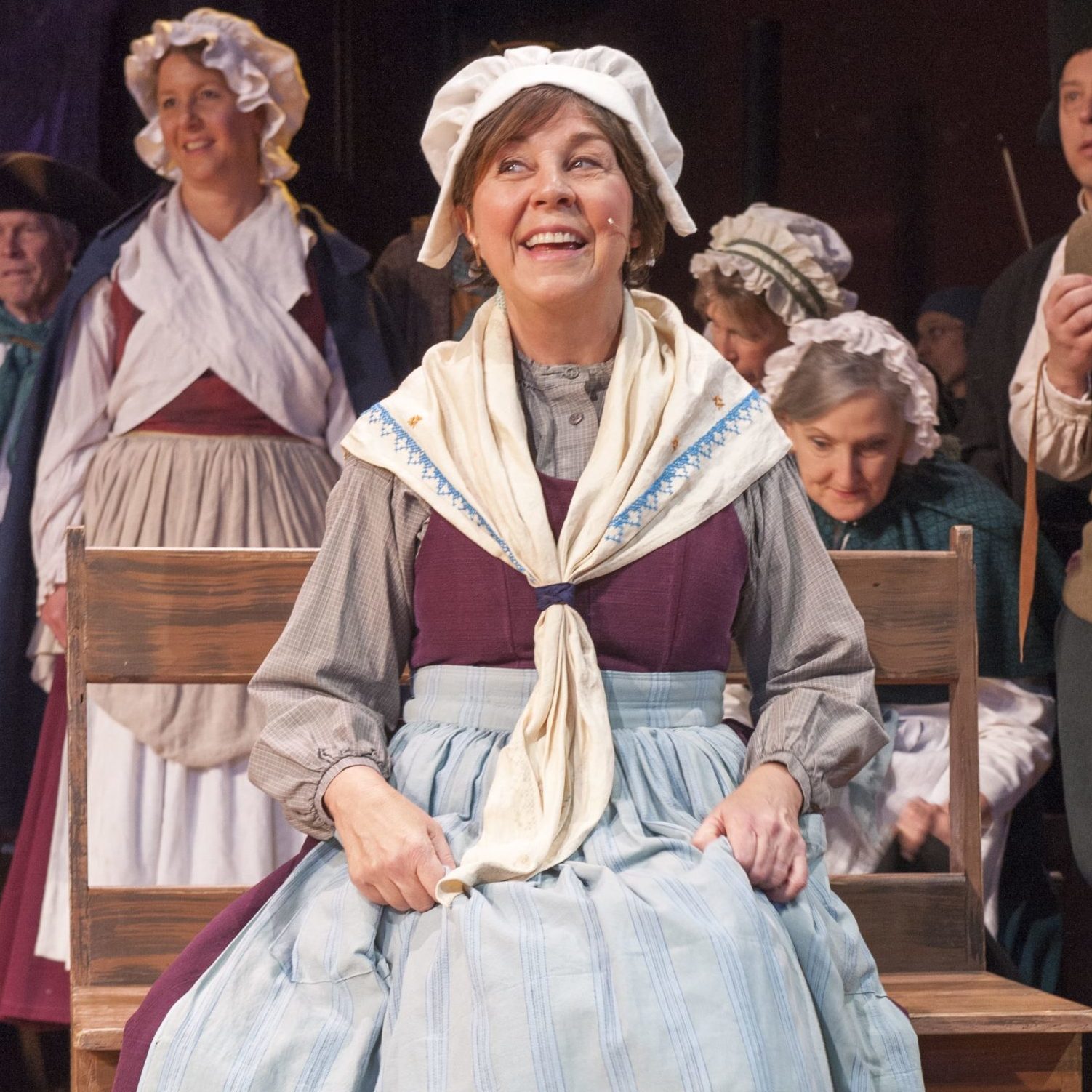
Read More
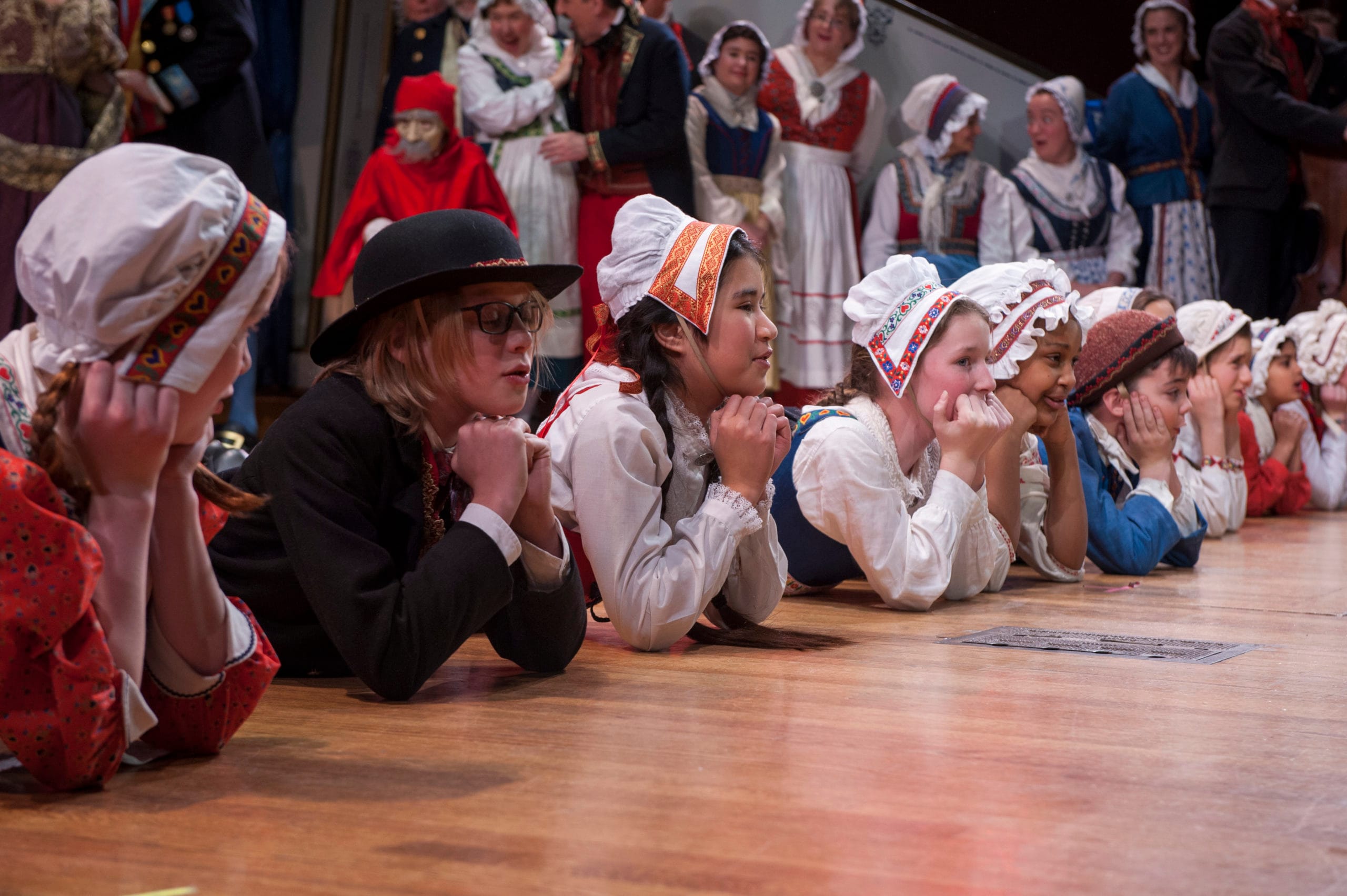
Read More

Read More

Read More

Read More
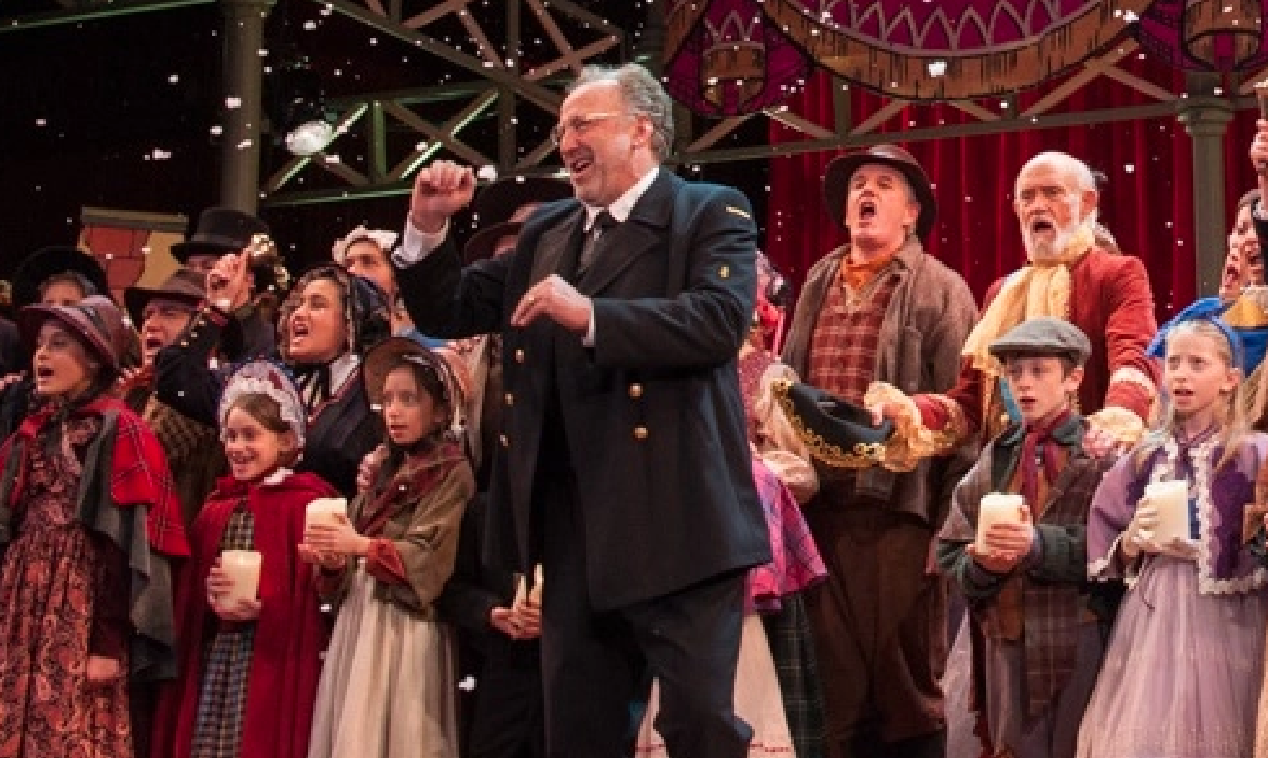
Read More

Read More
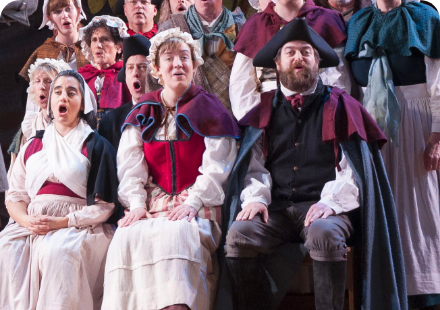
Read More

Read More

Read More
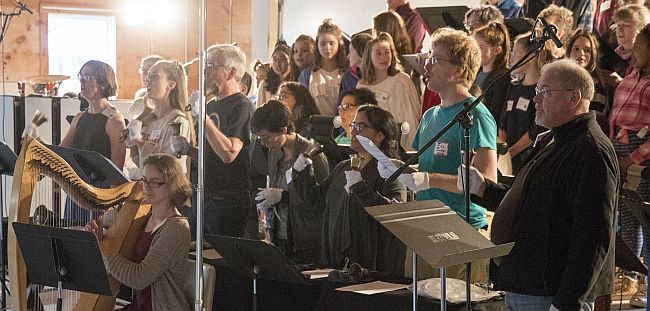
Read More

Read More

Read More

Read More
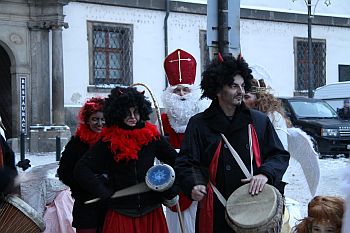
Read More

Read More

Read More

Read More

Read More

Read More

Read More

Read More

Read More

Read More

Read More
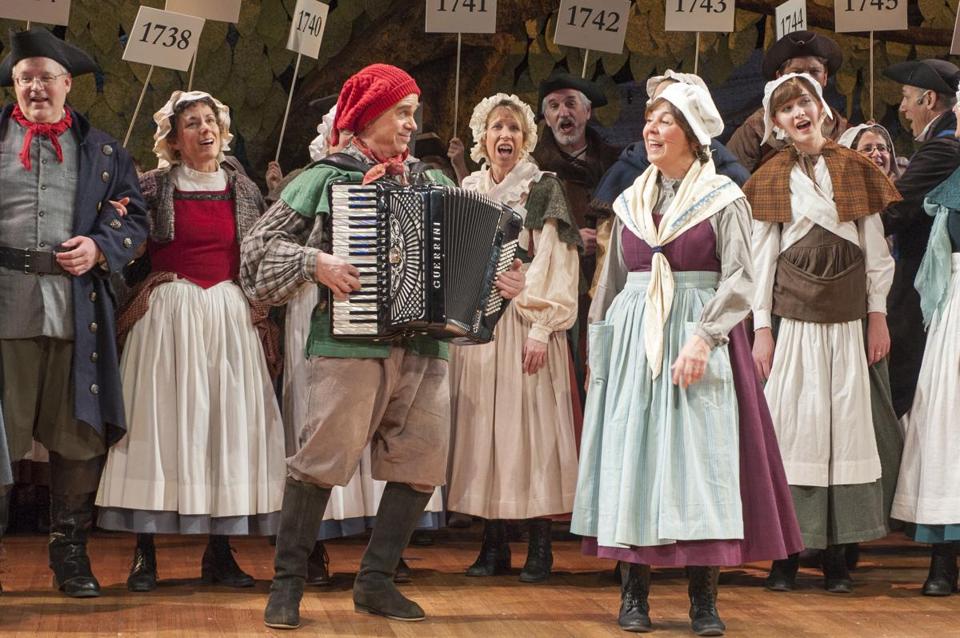
Read More

Read More

Read More

Read More

Read More
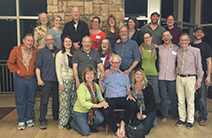
Read More

Read More

Read More

Read More

Read More

Read More

Read More

Read More

Read More

Read More

Read More

Read More

Read More

Read More

Read More

Read More

Read More

Read More

Read More

Read More

Read More

Read More
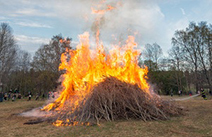
Read More

Read More

Read More

Read More

Read More

Read More
